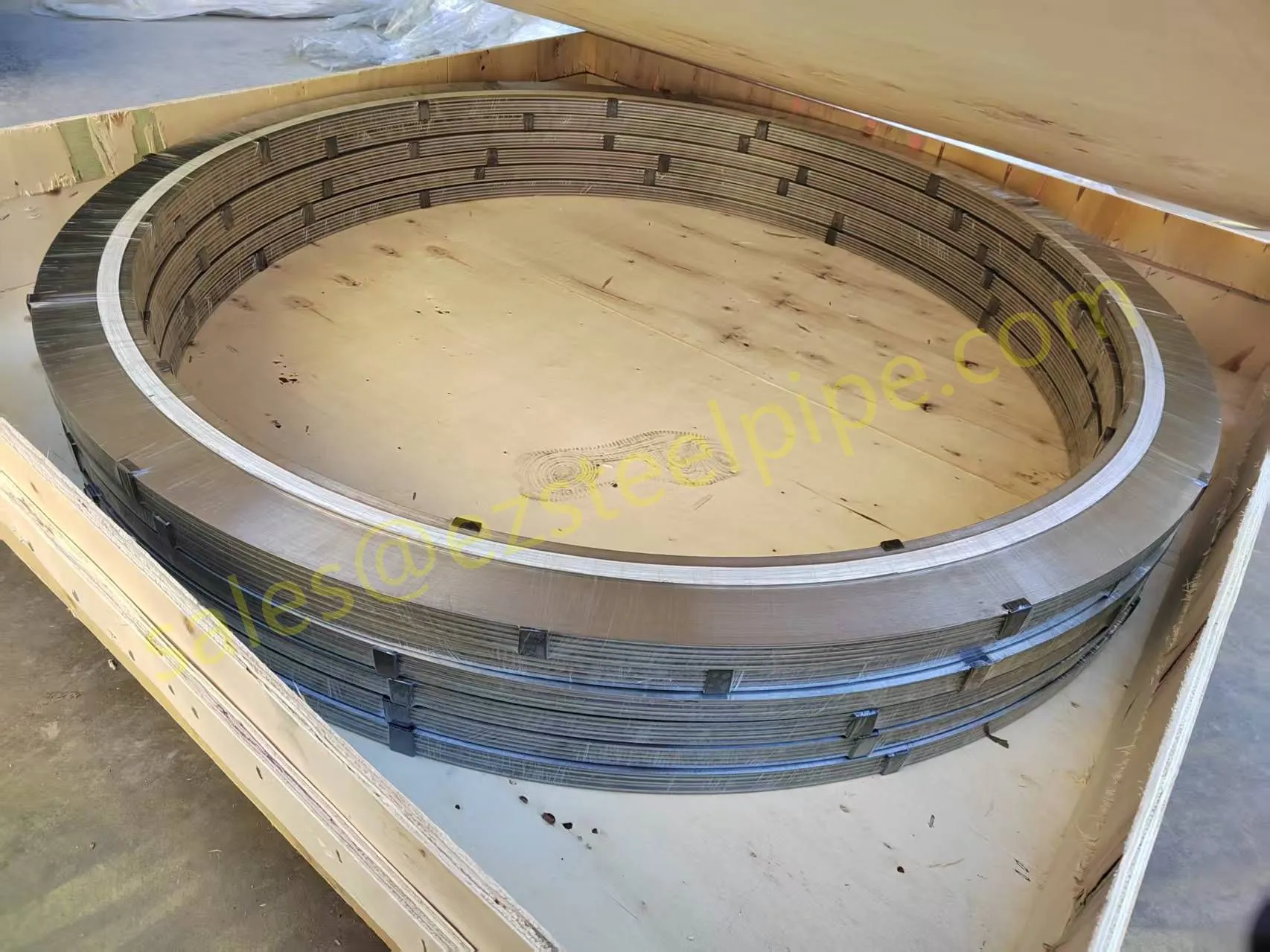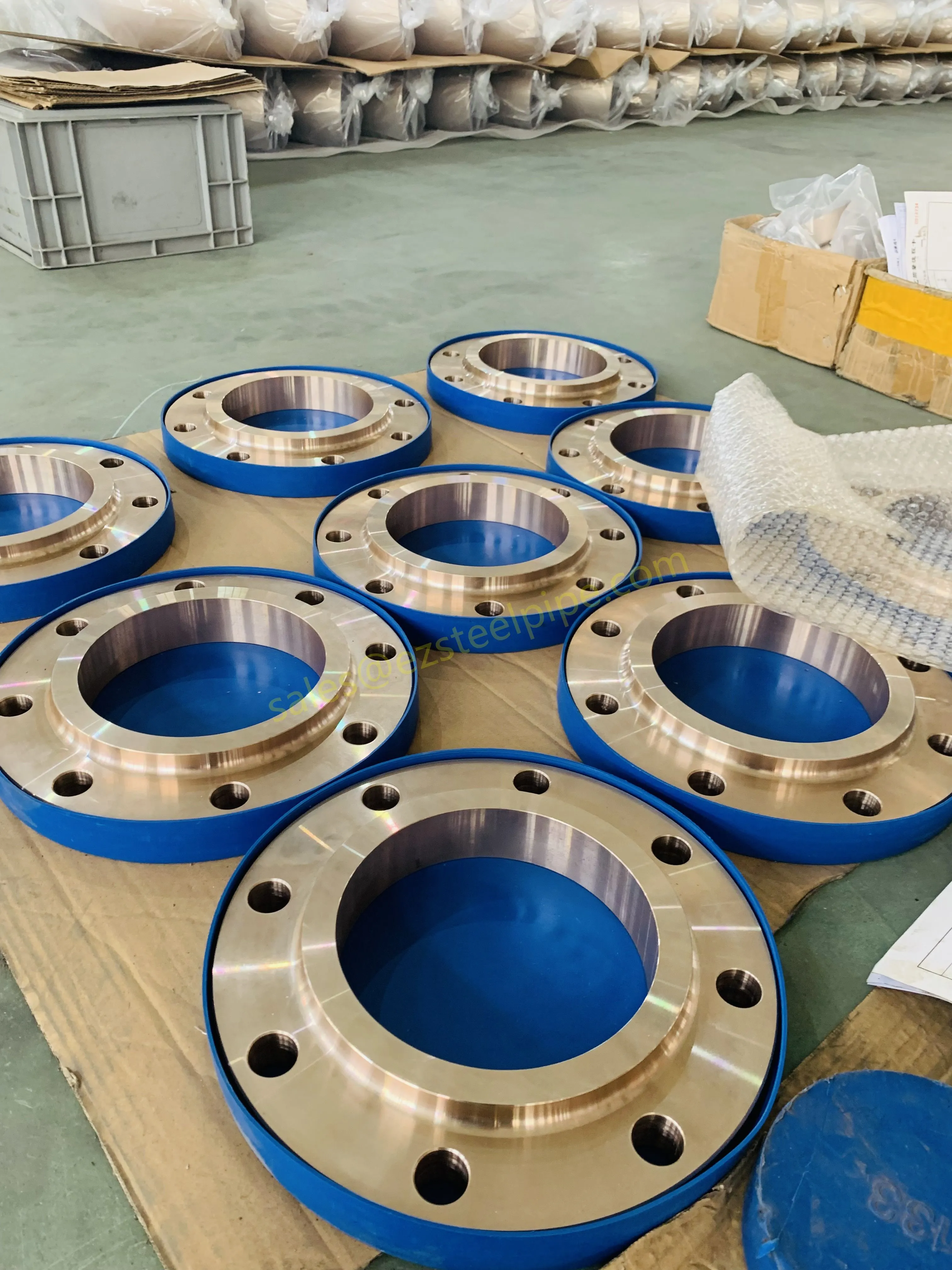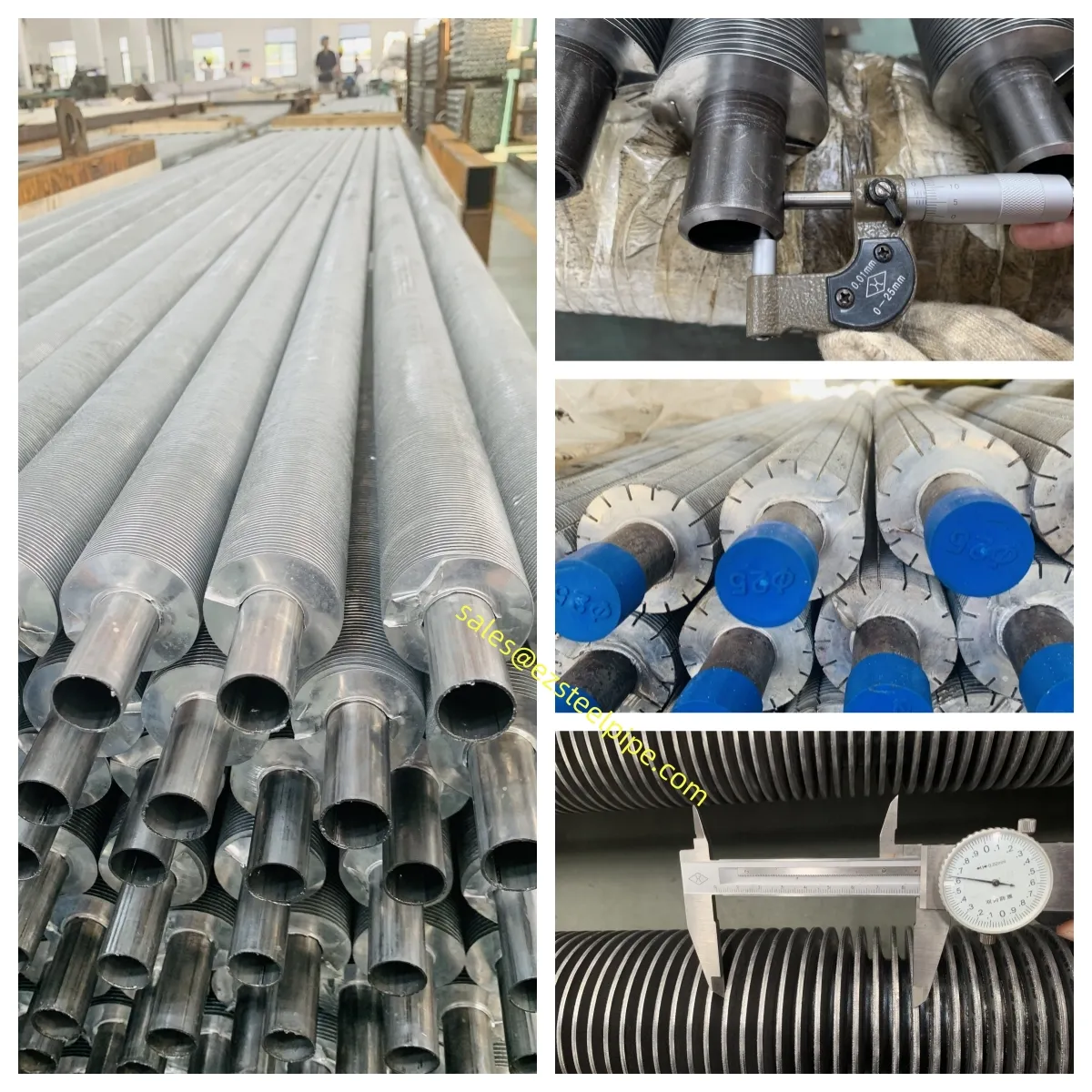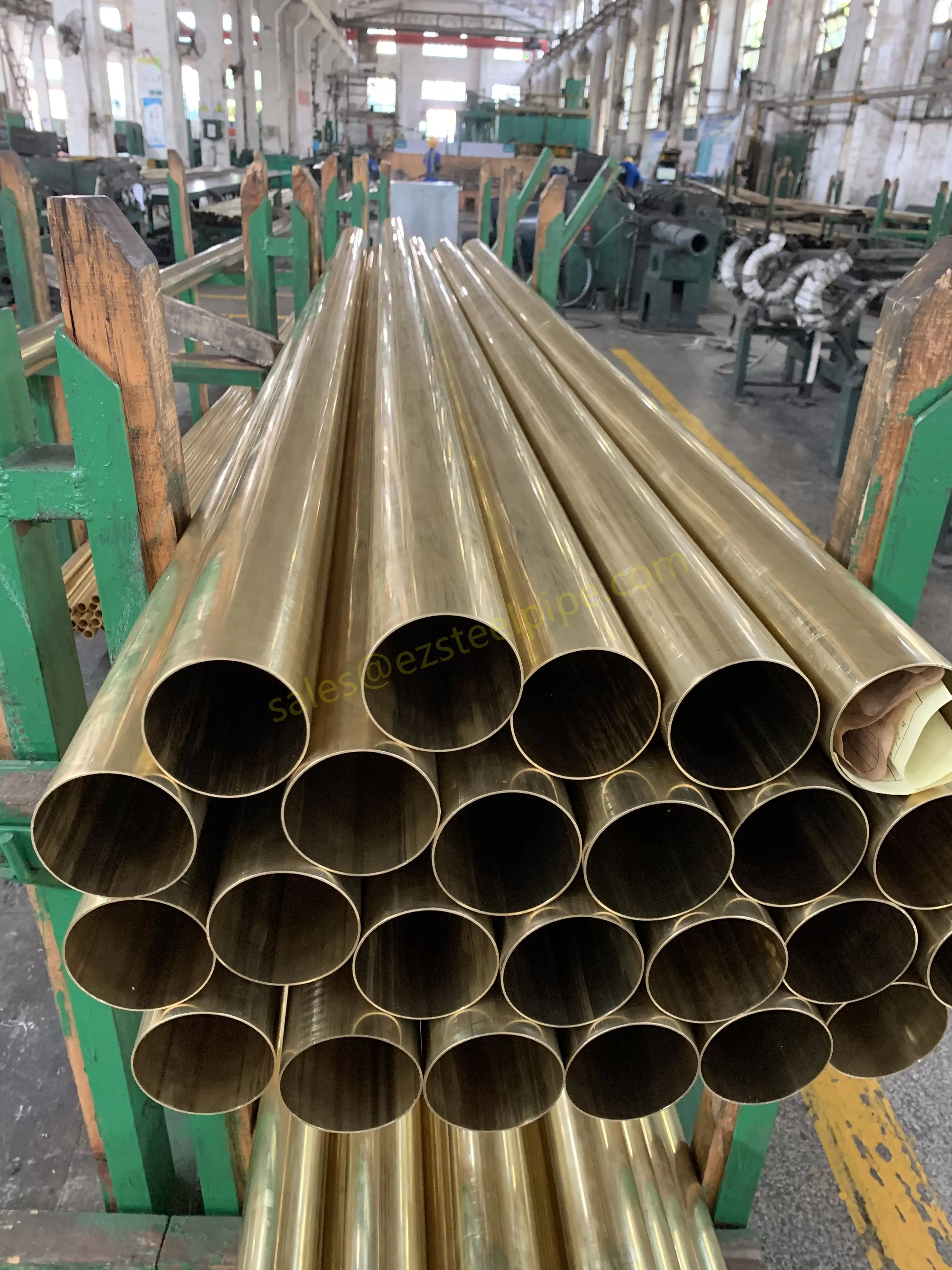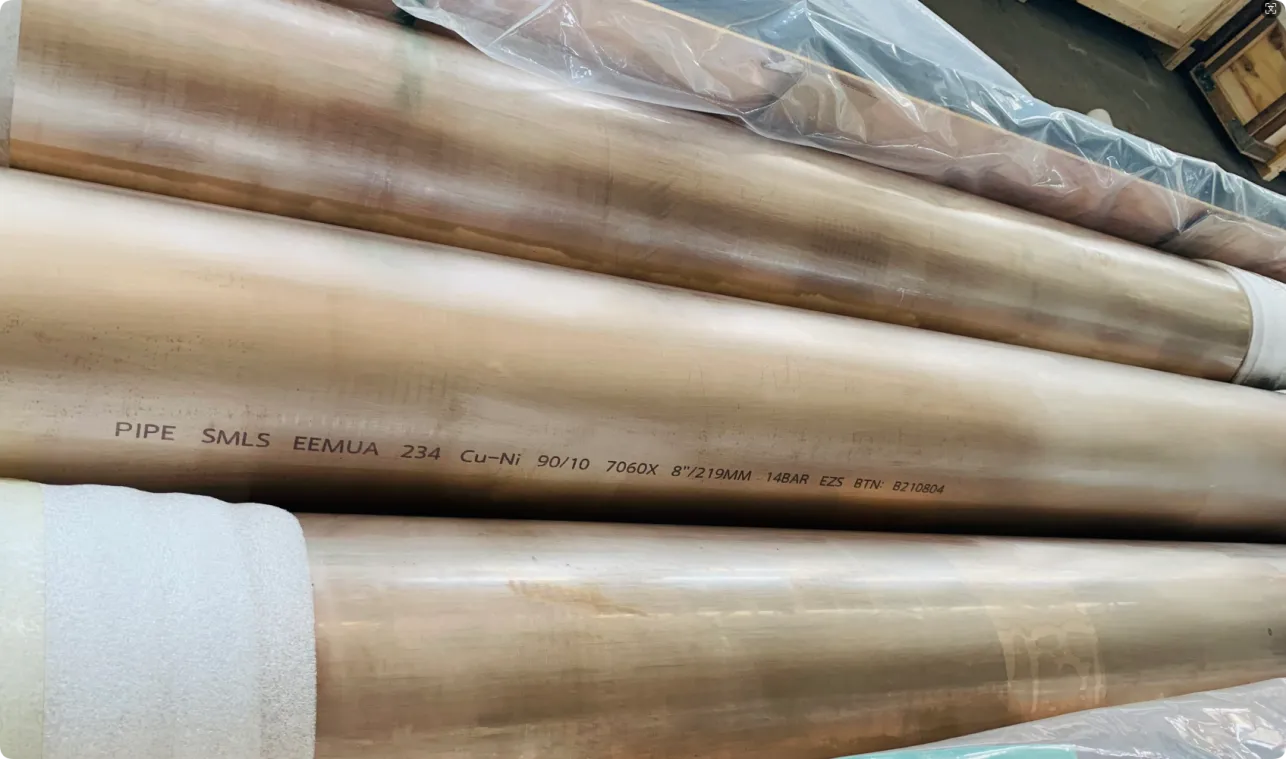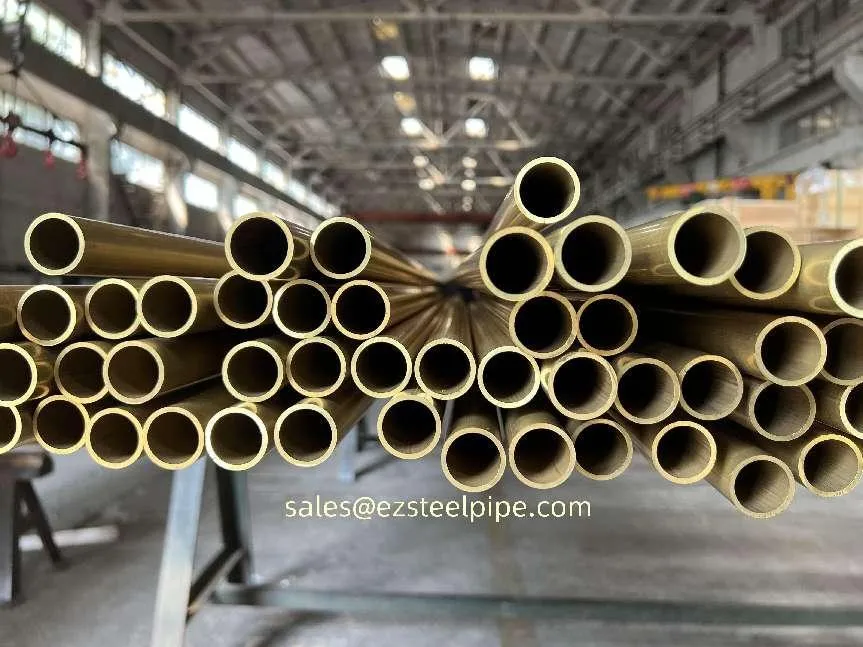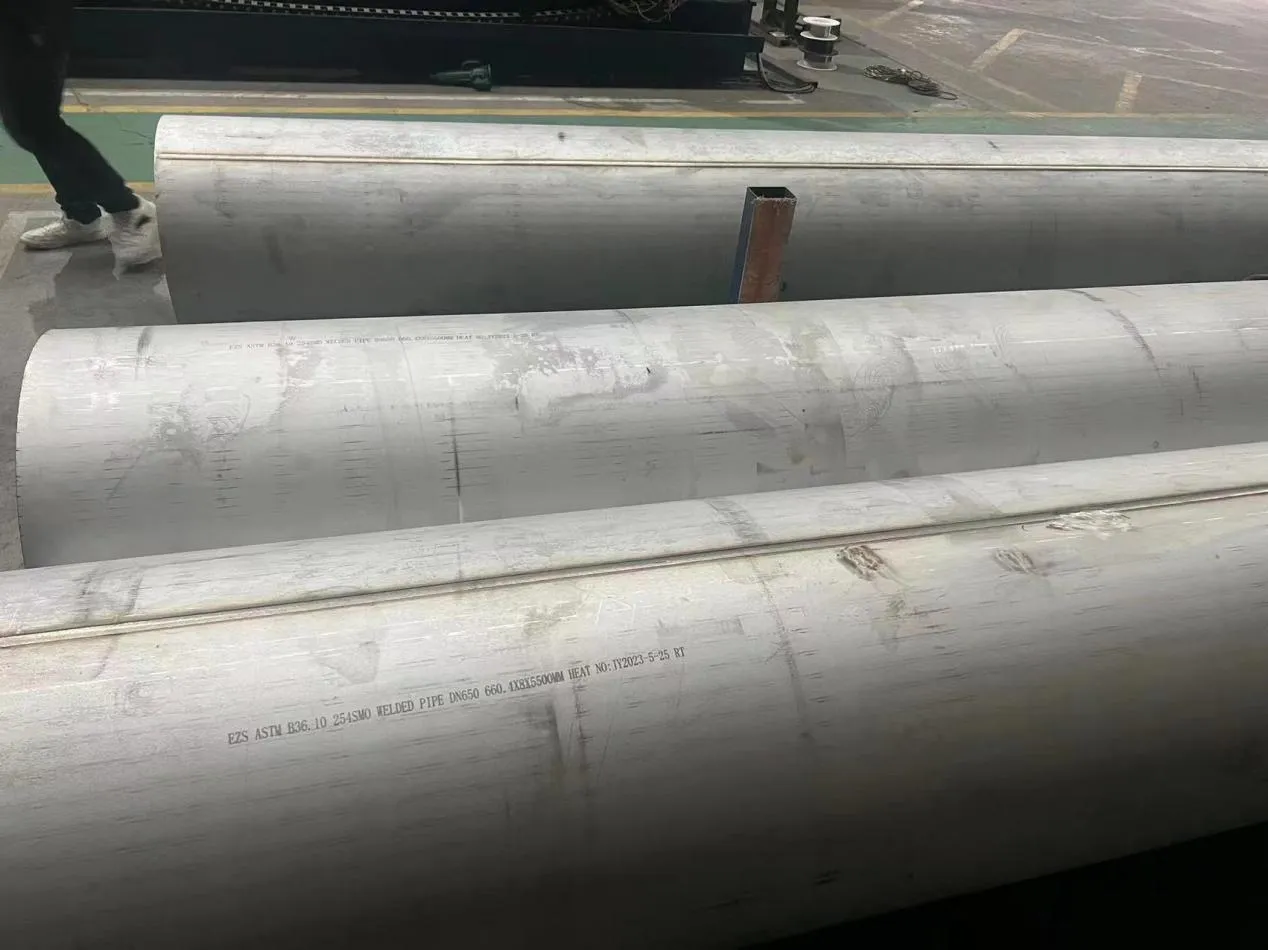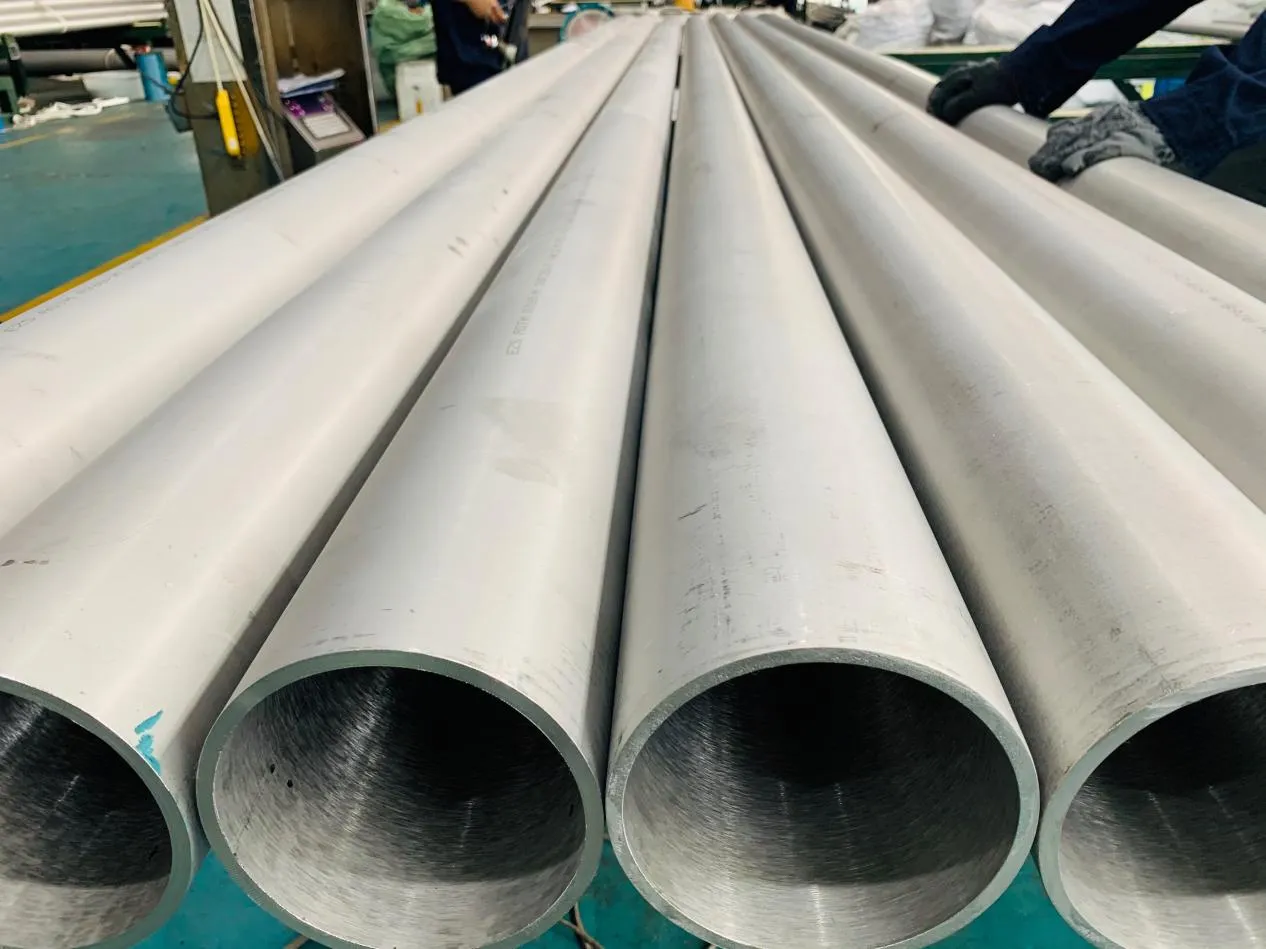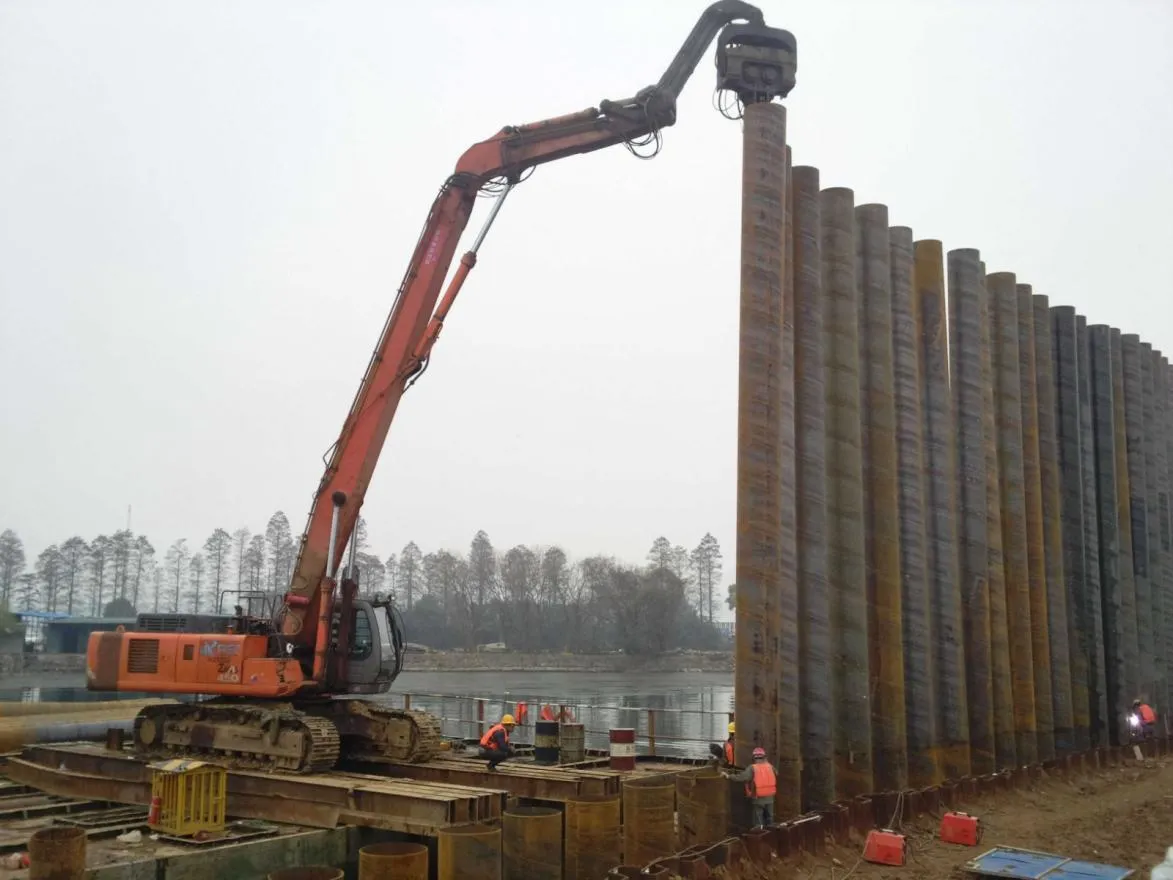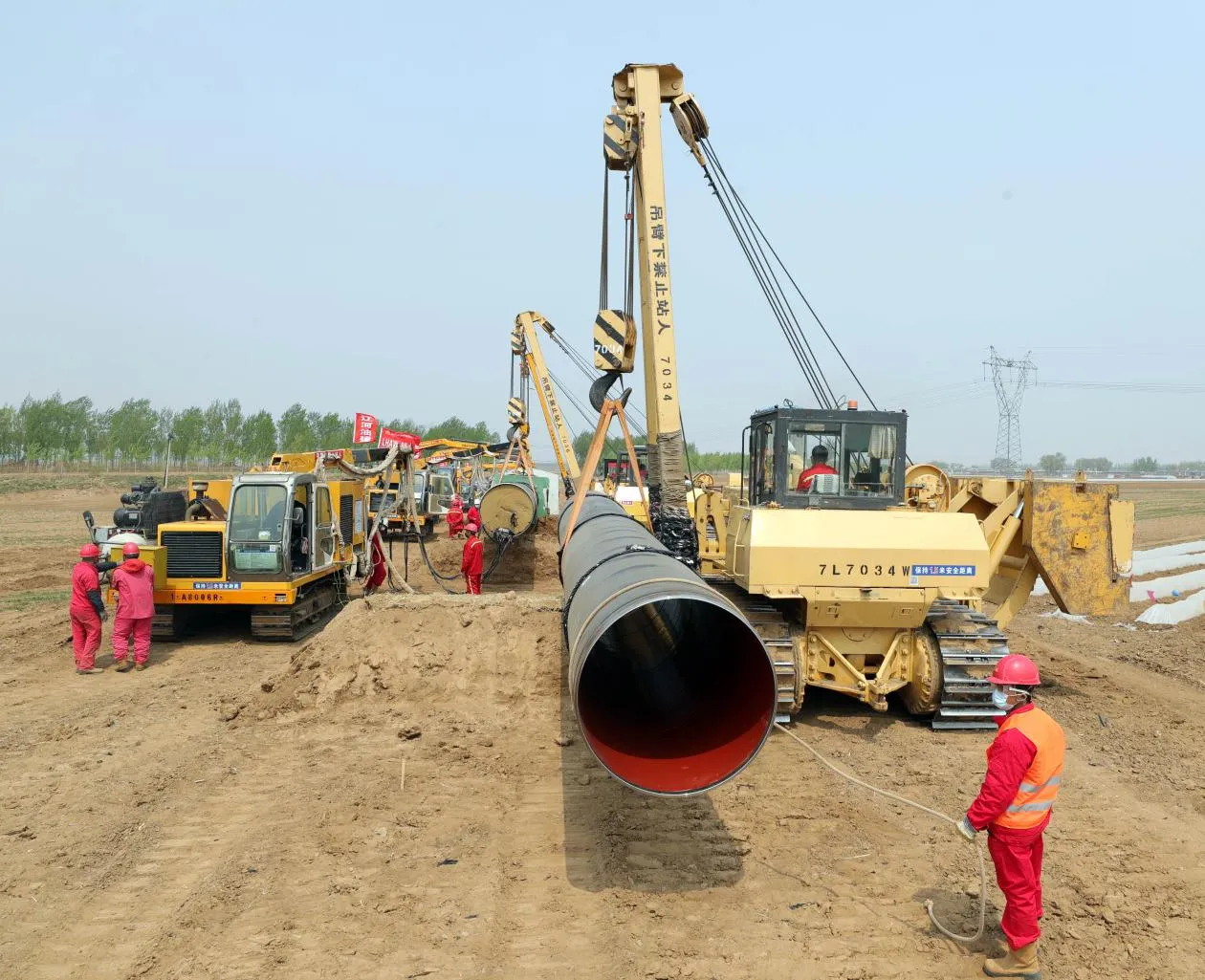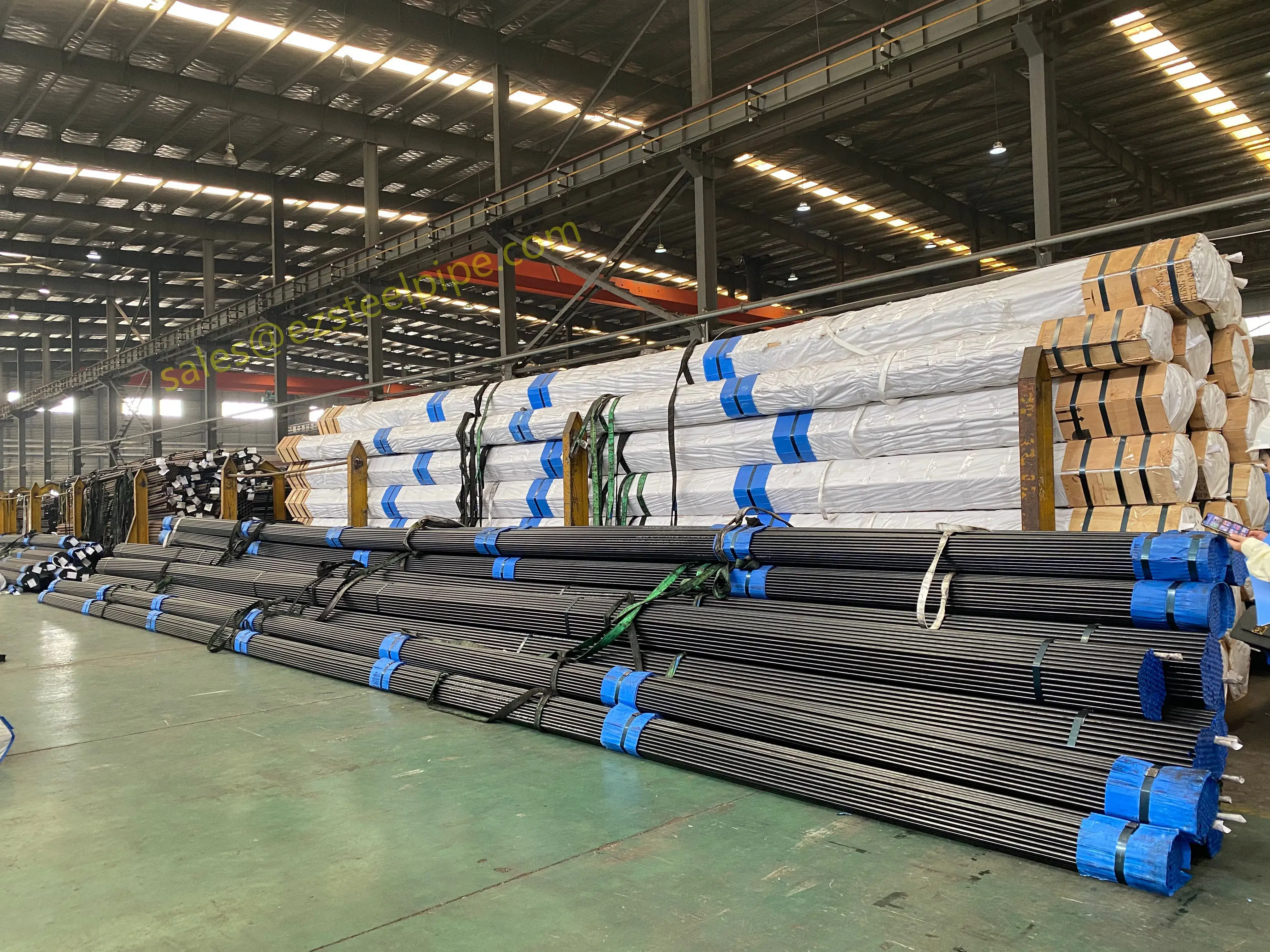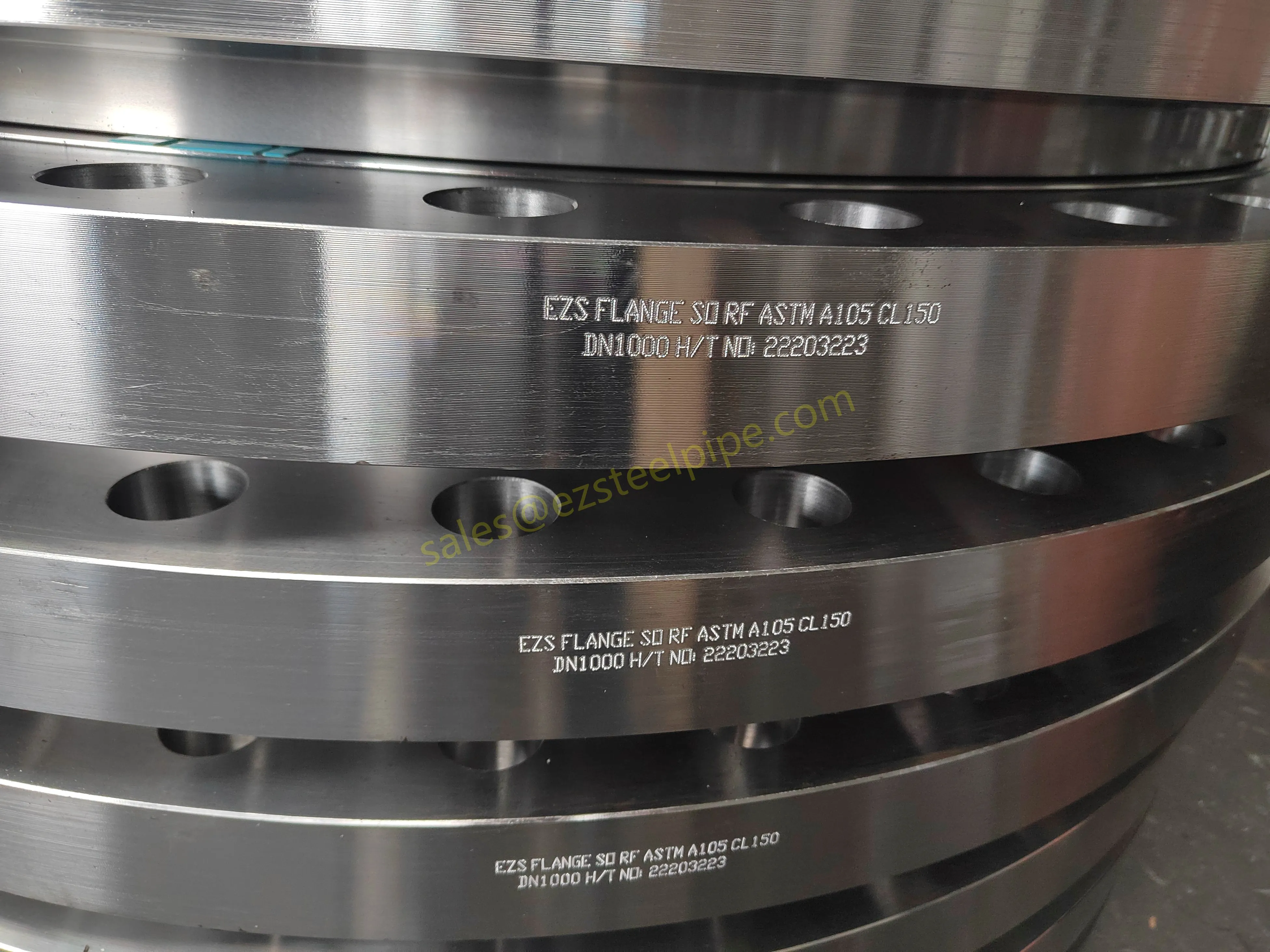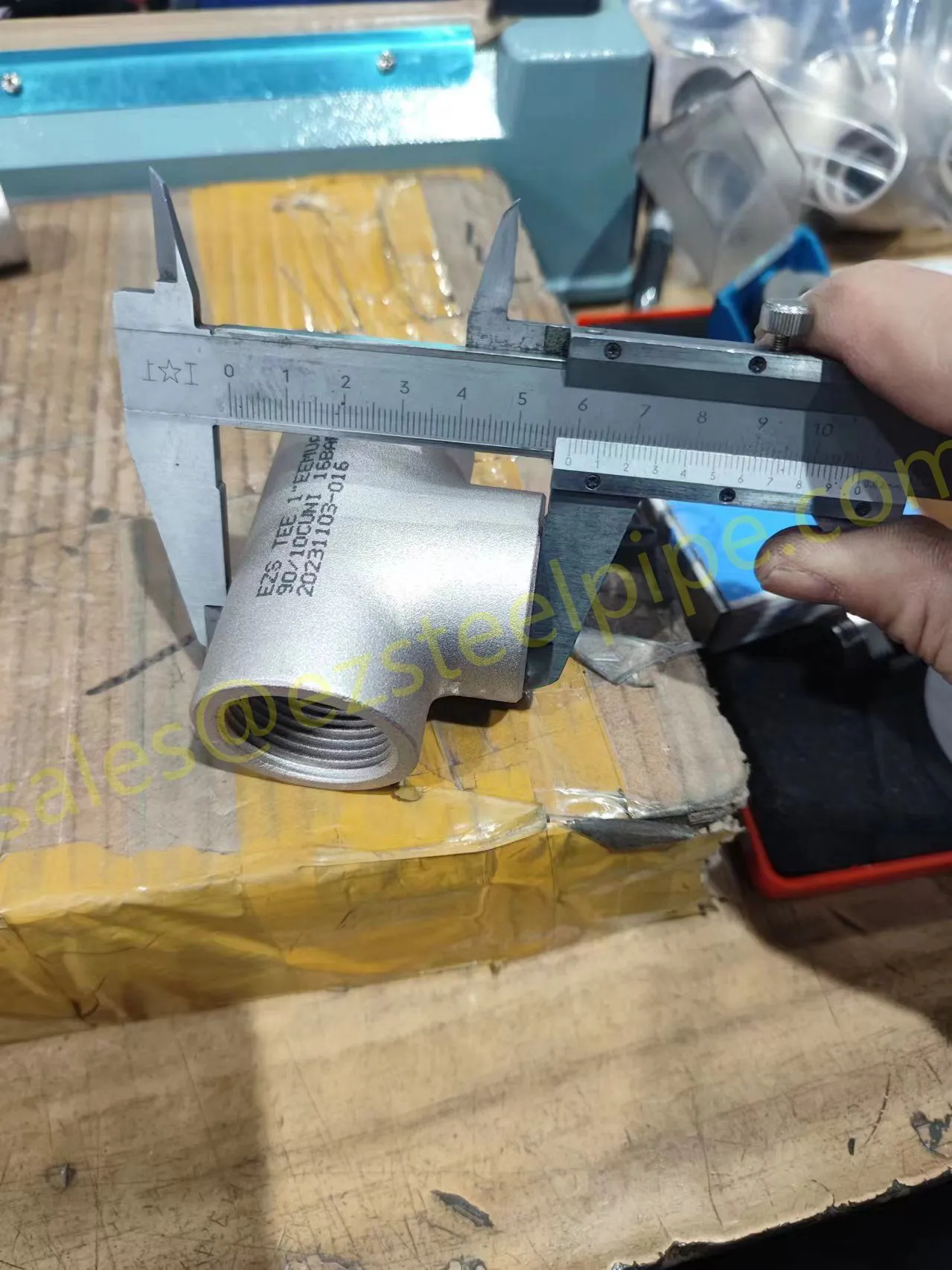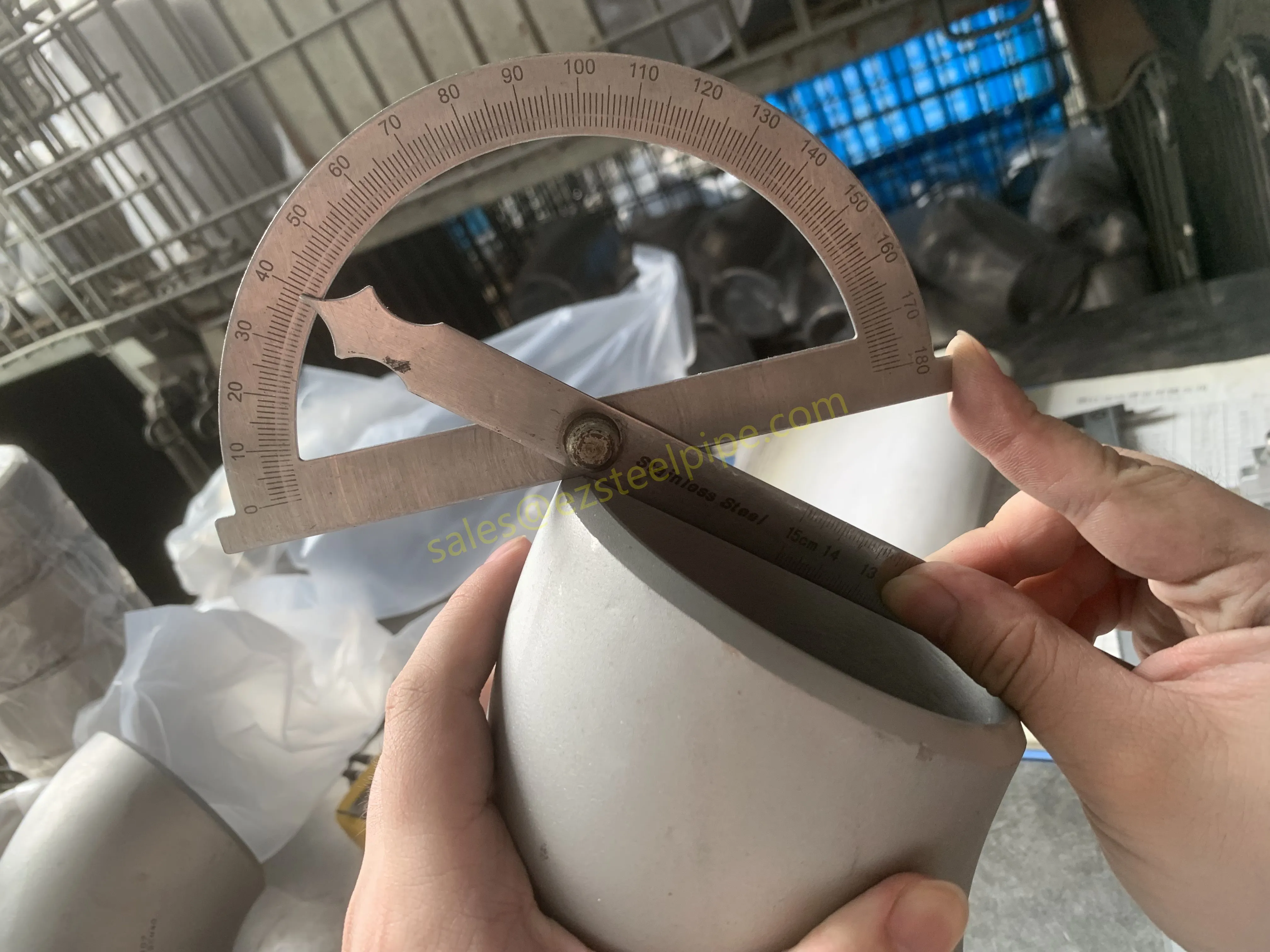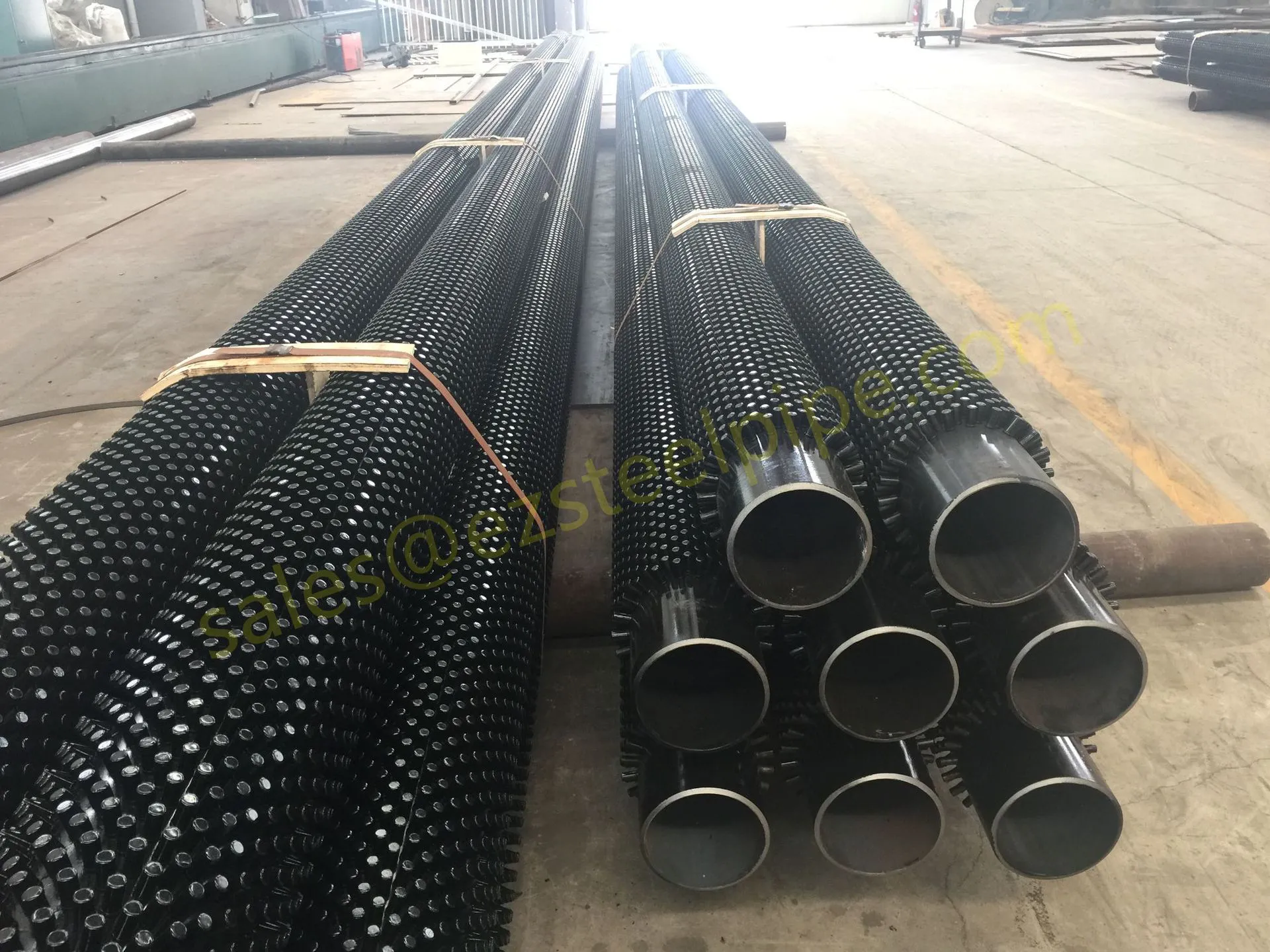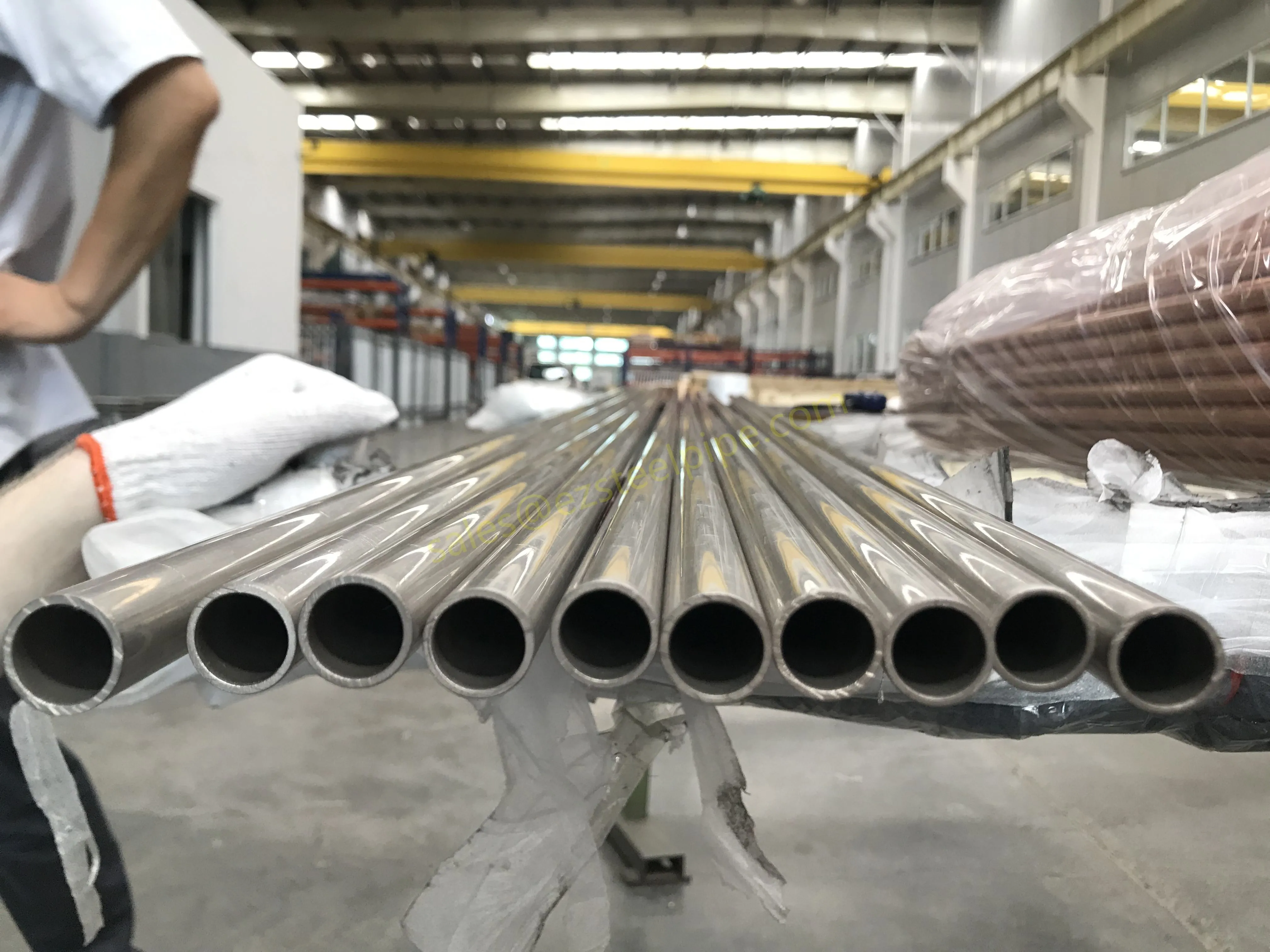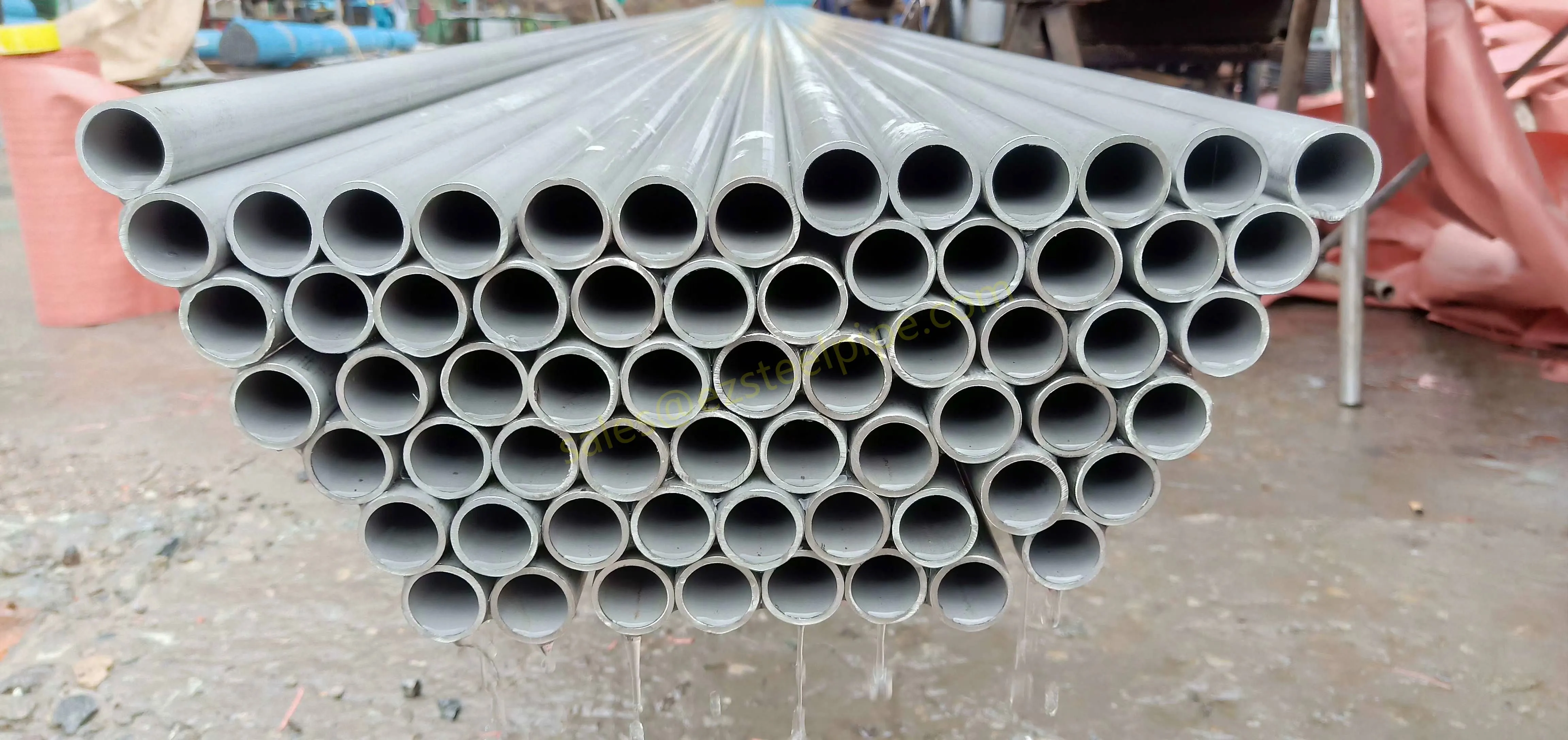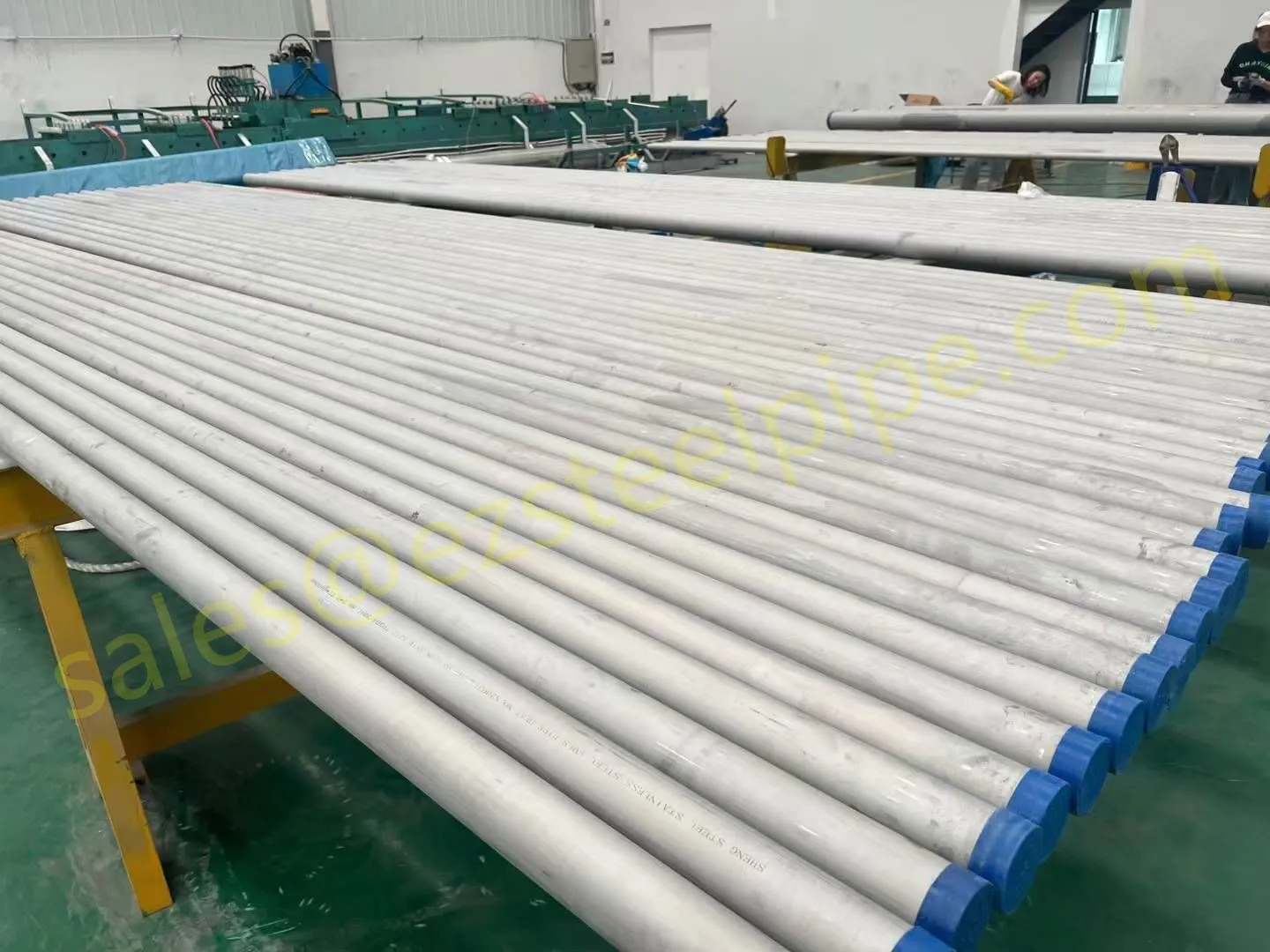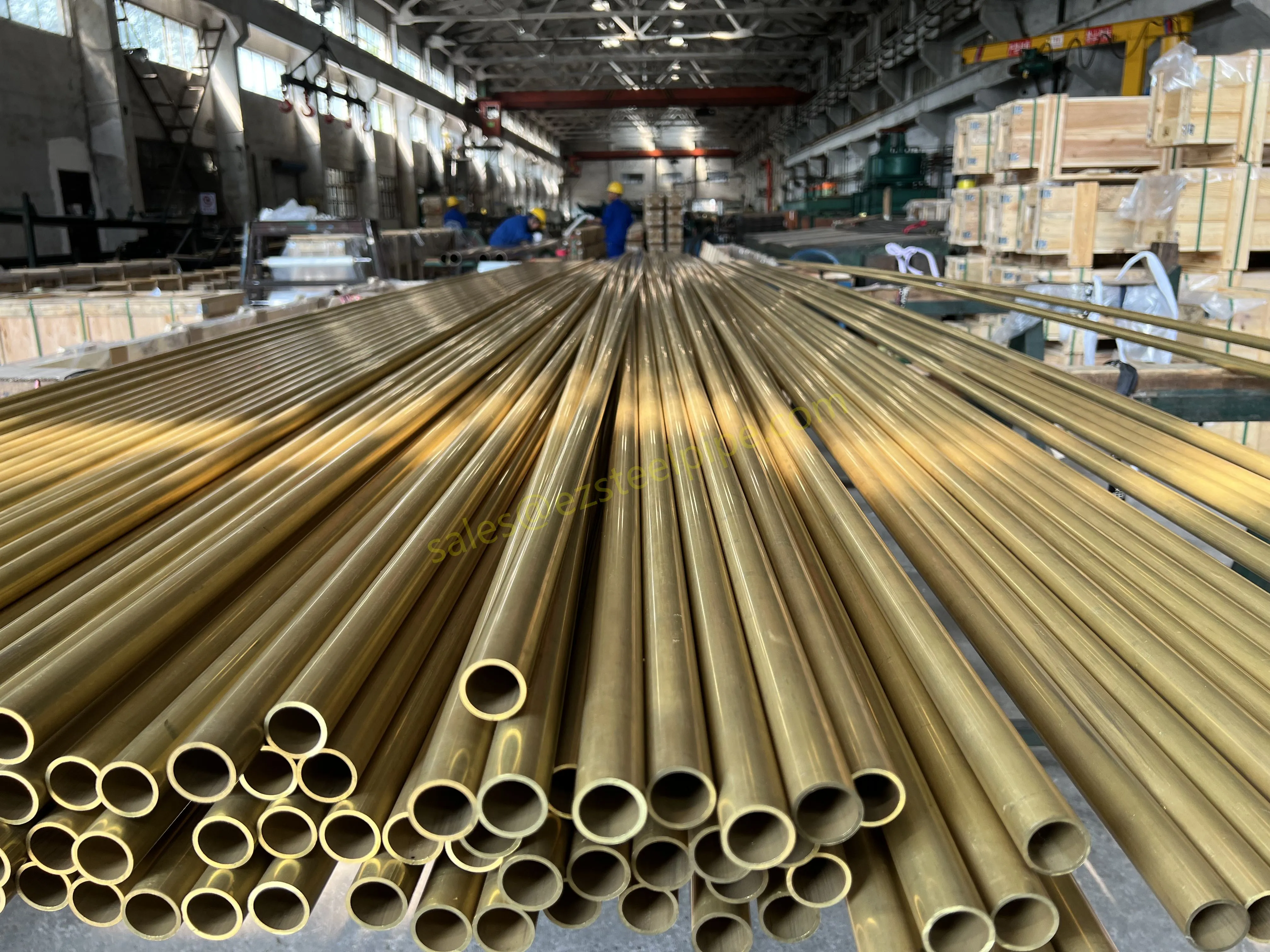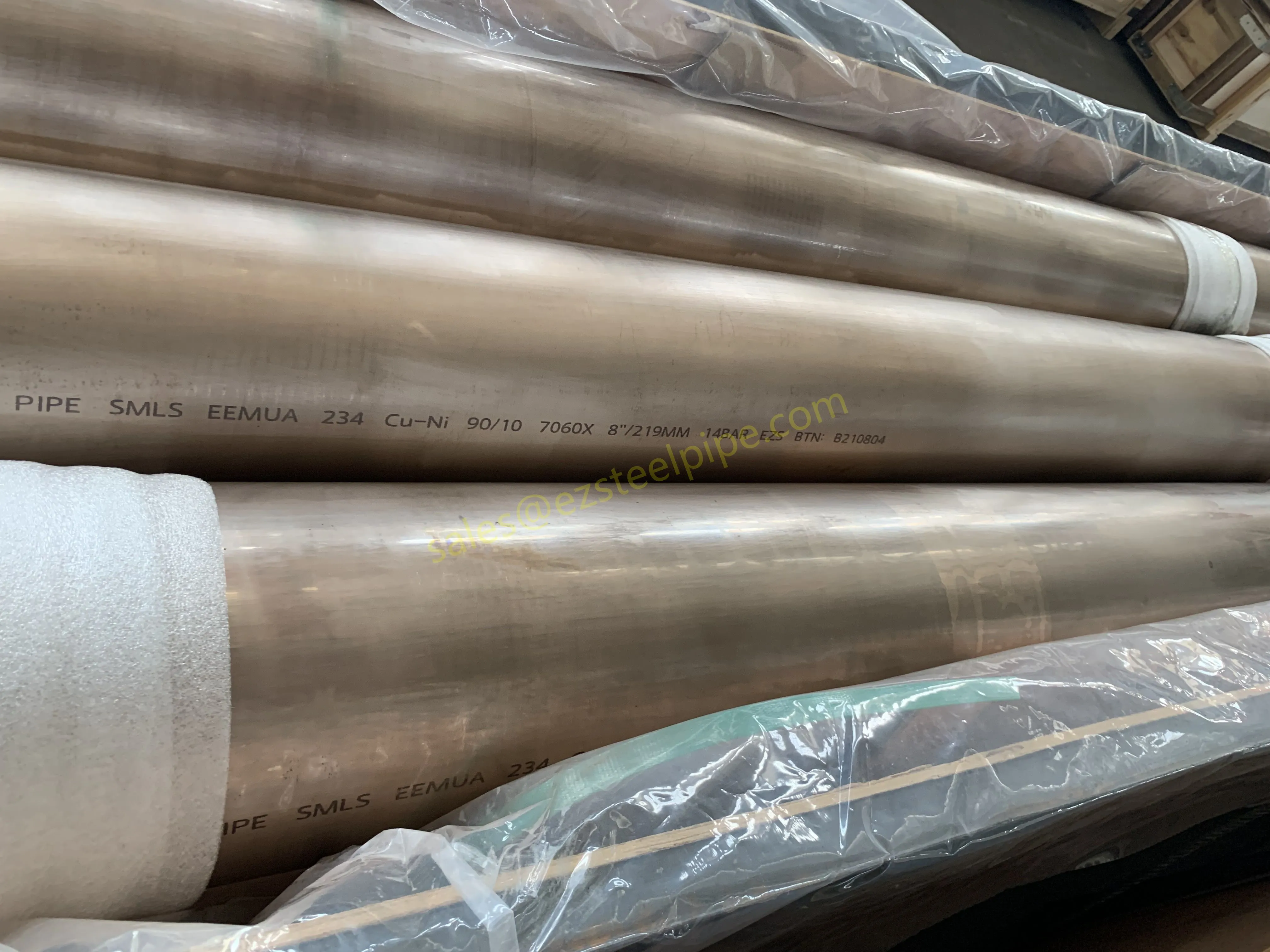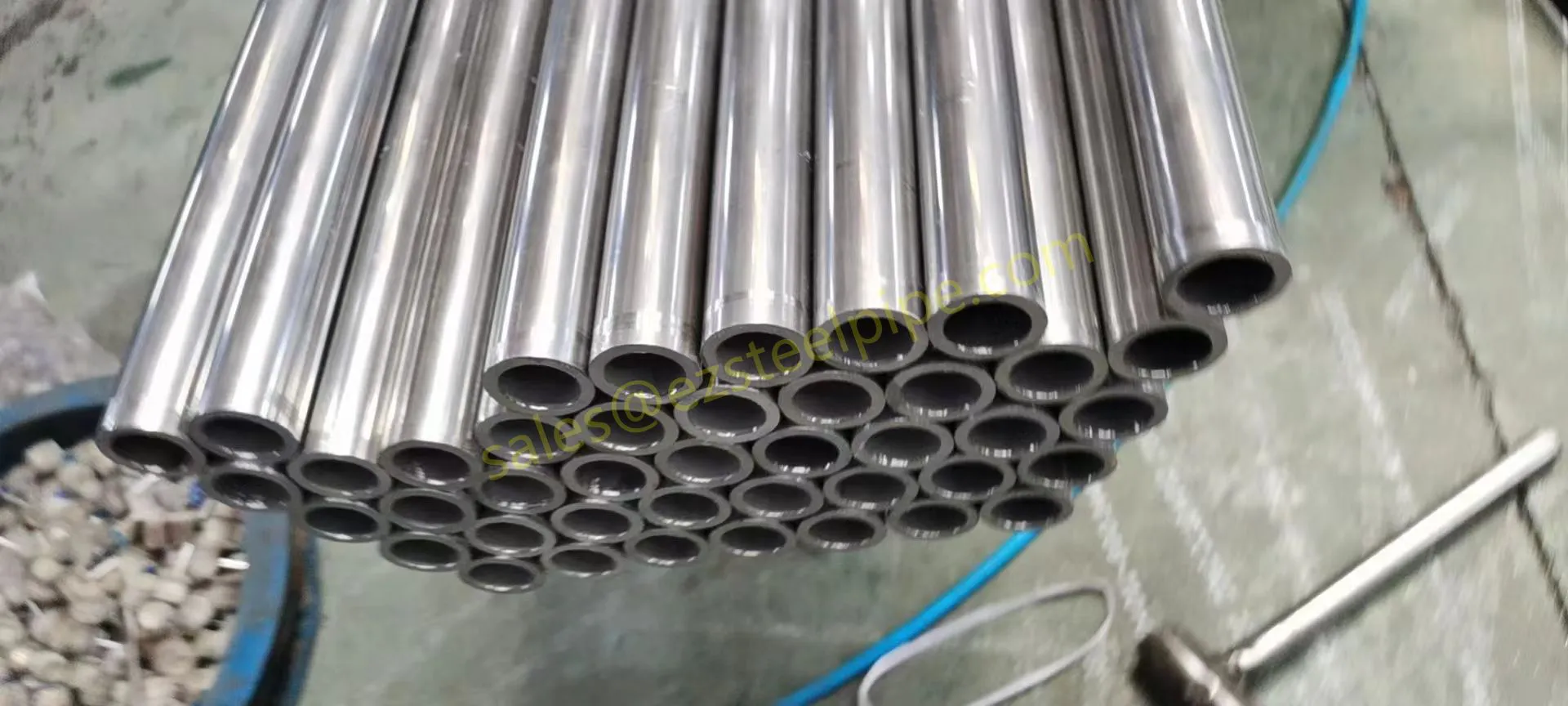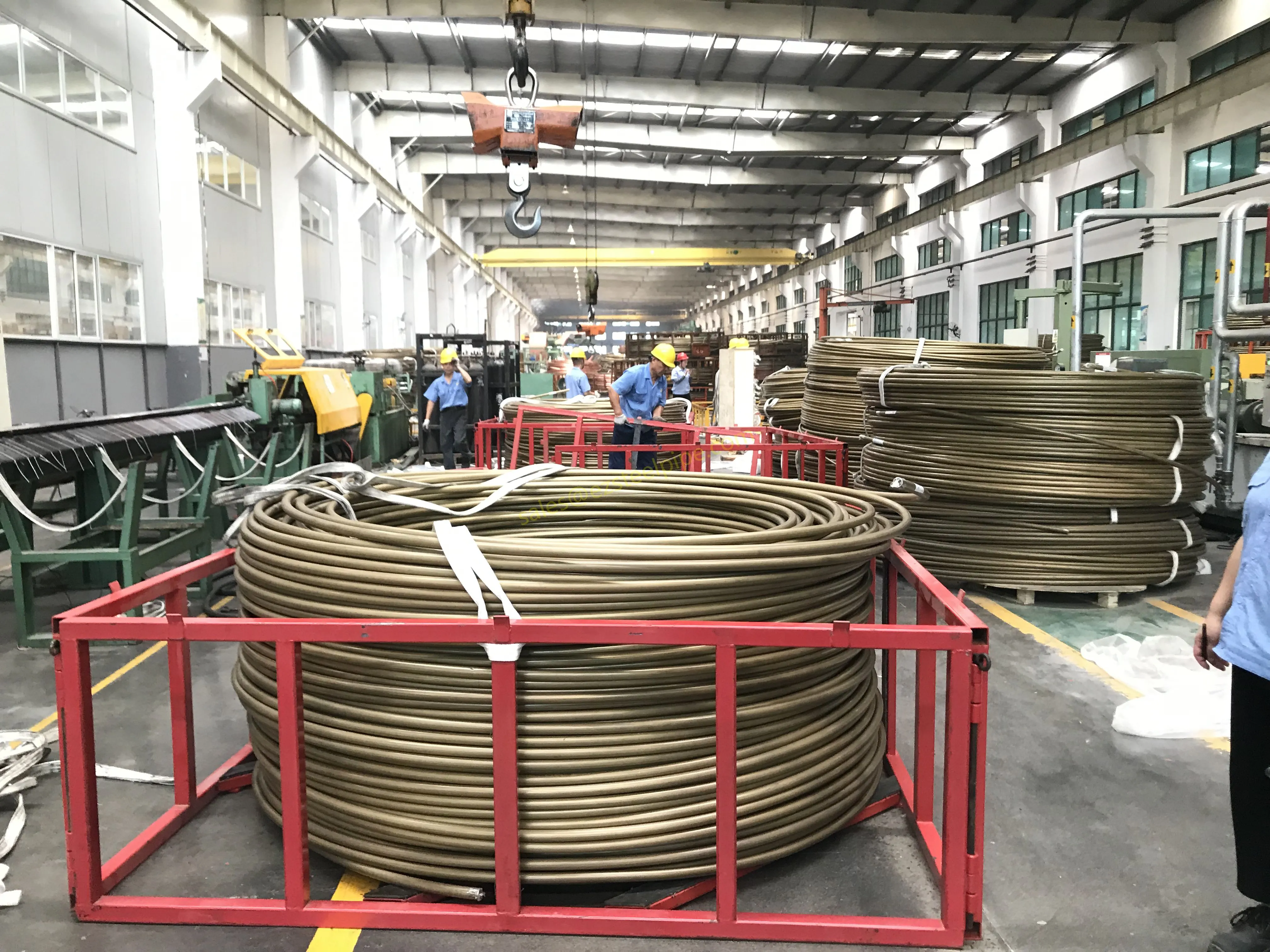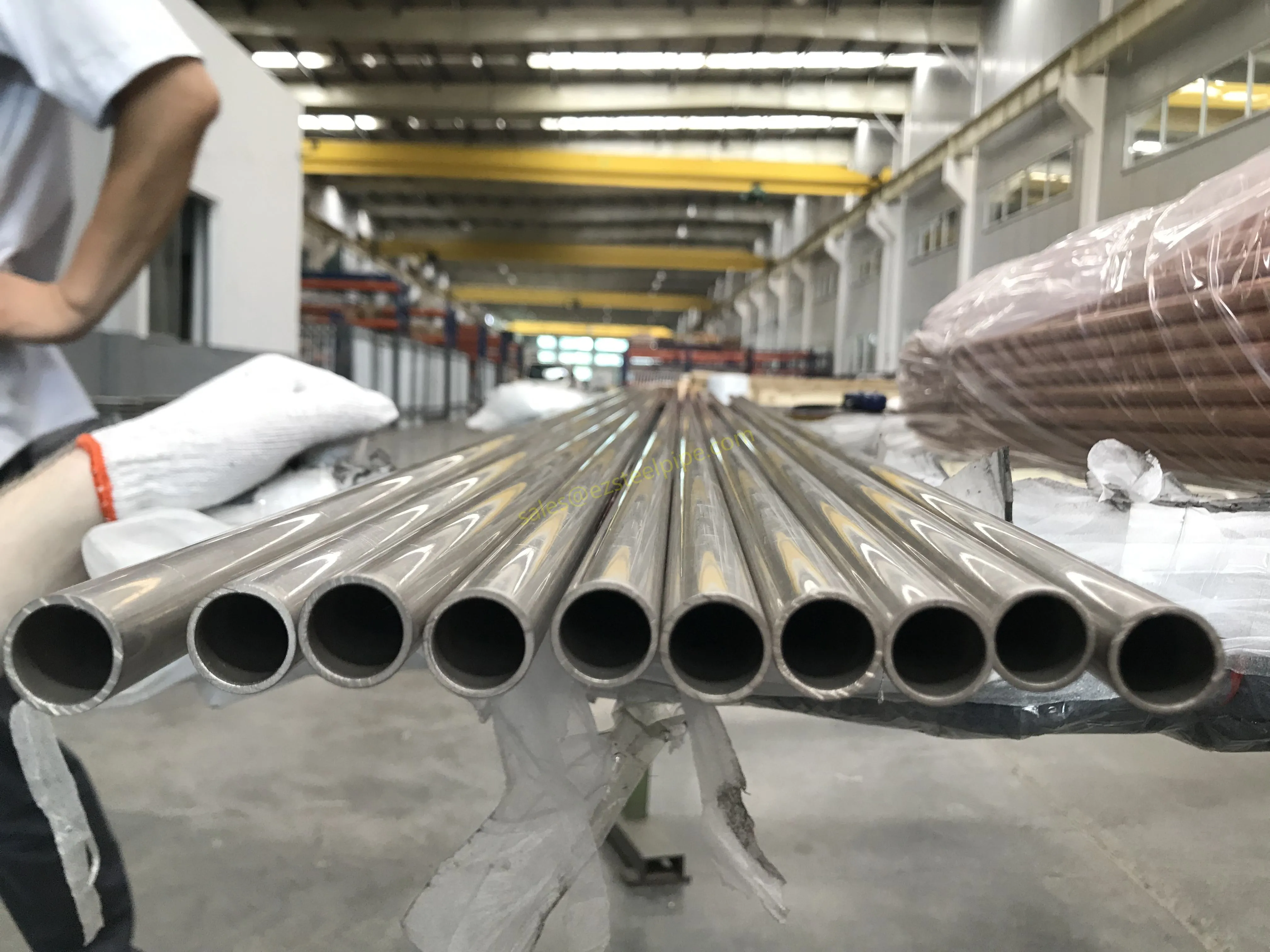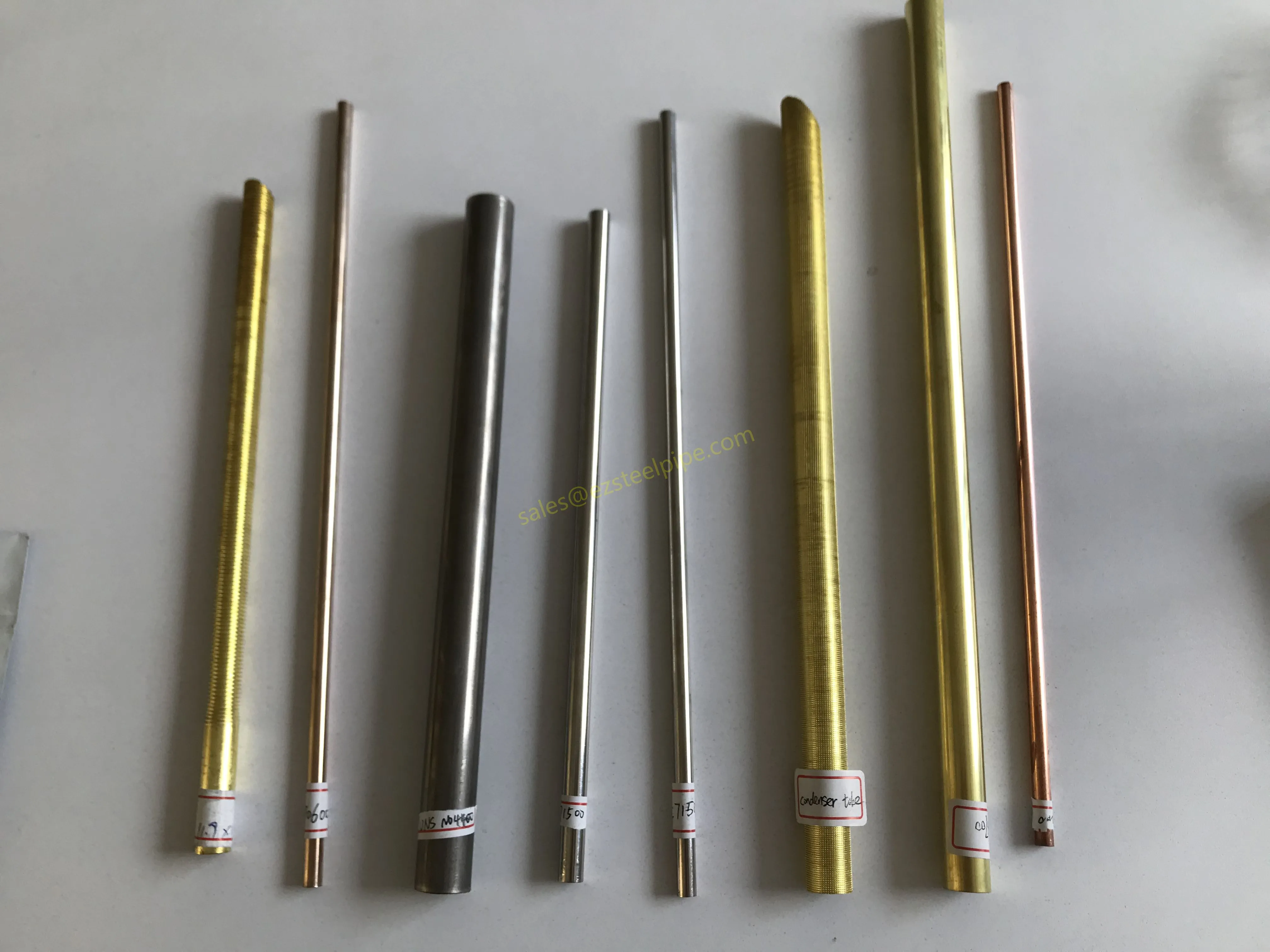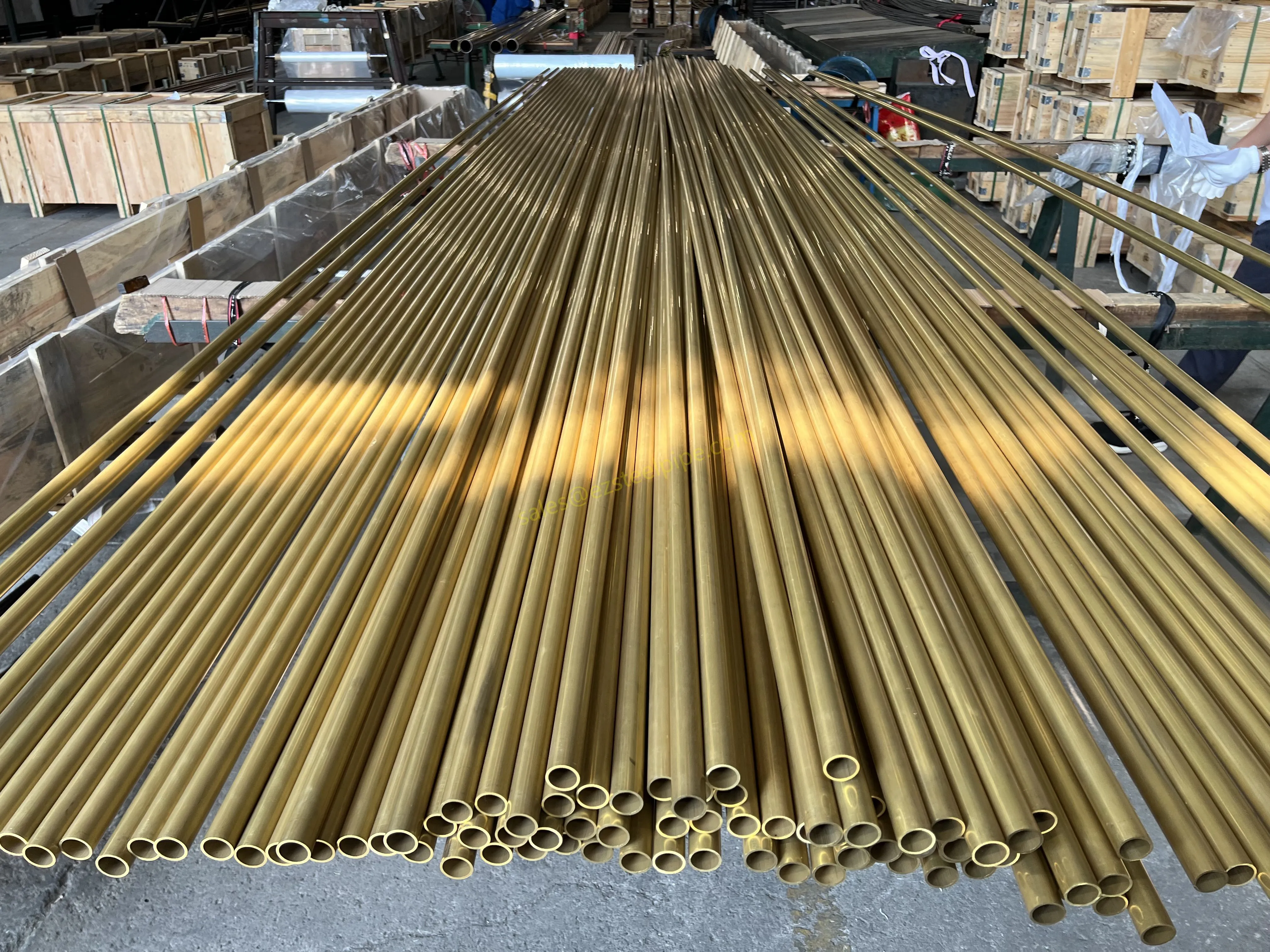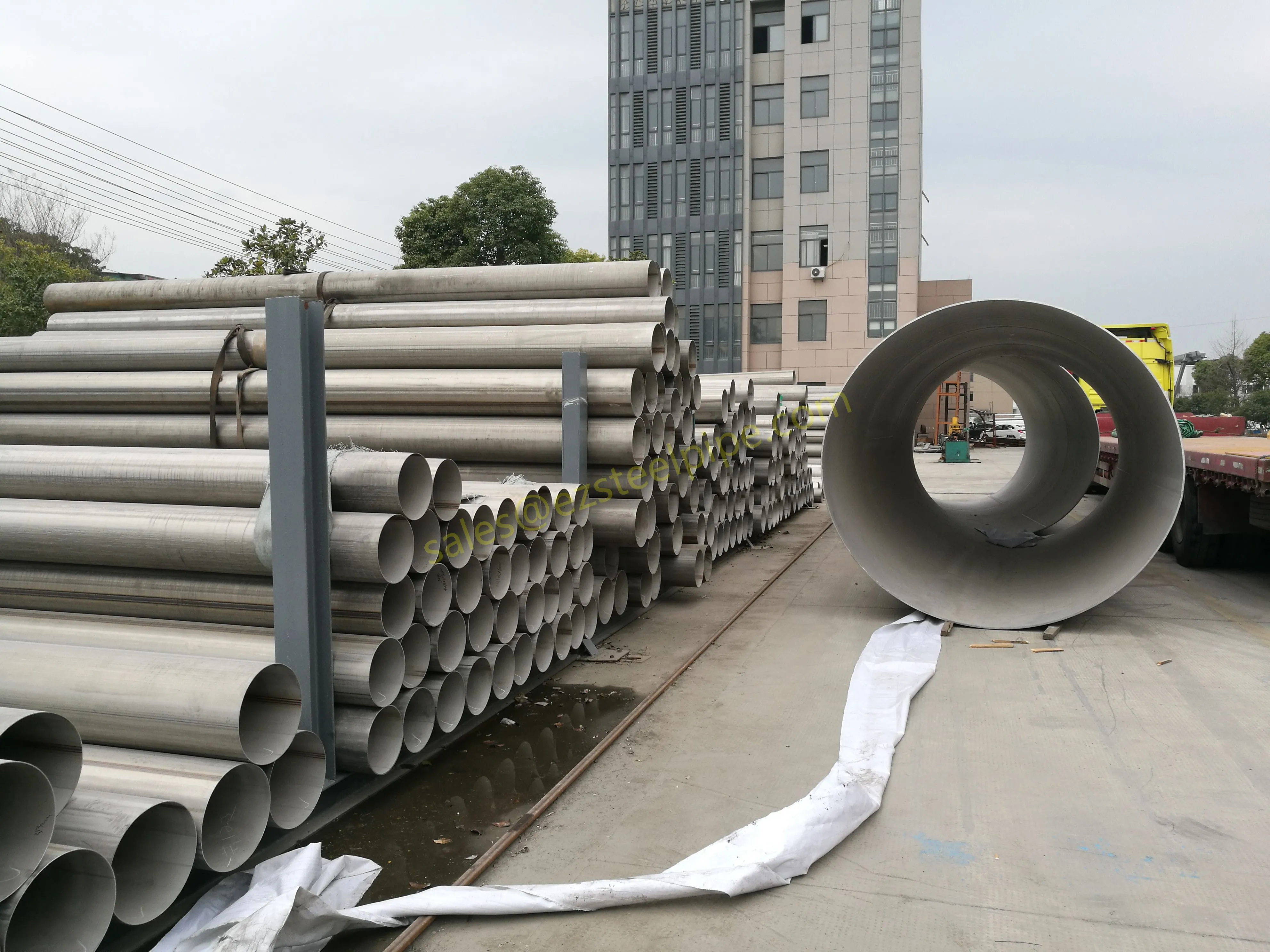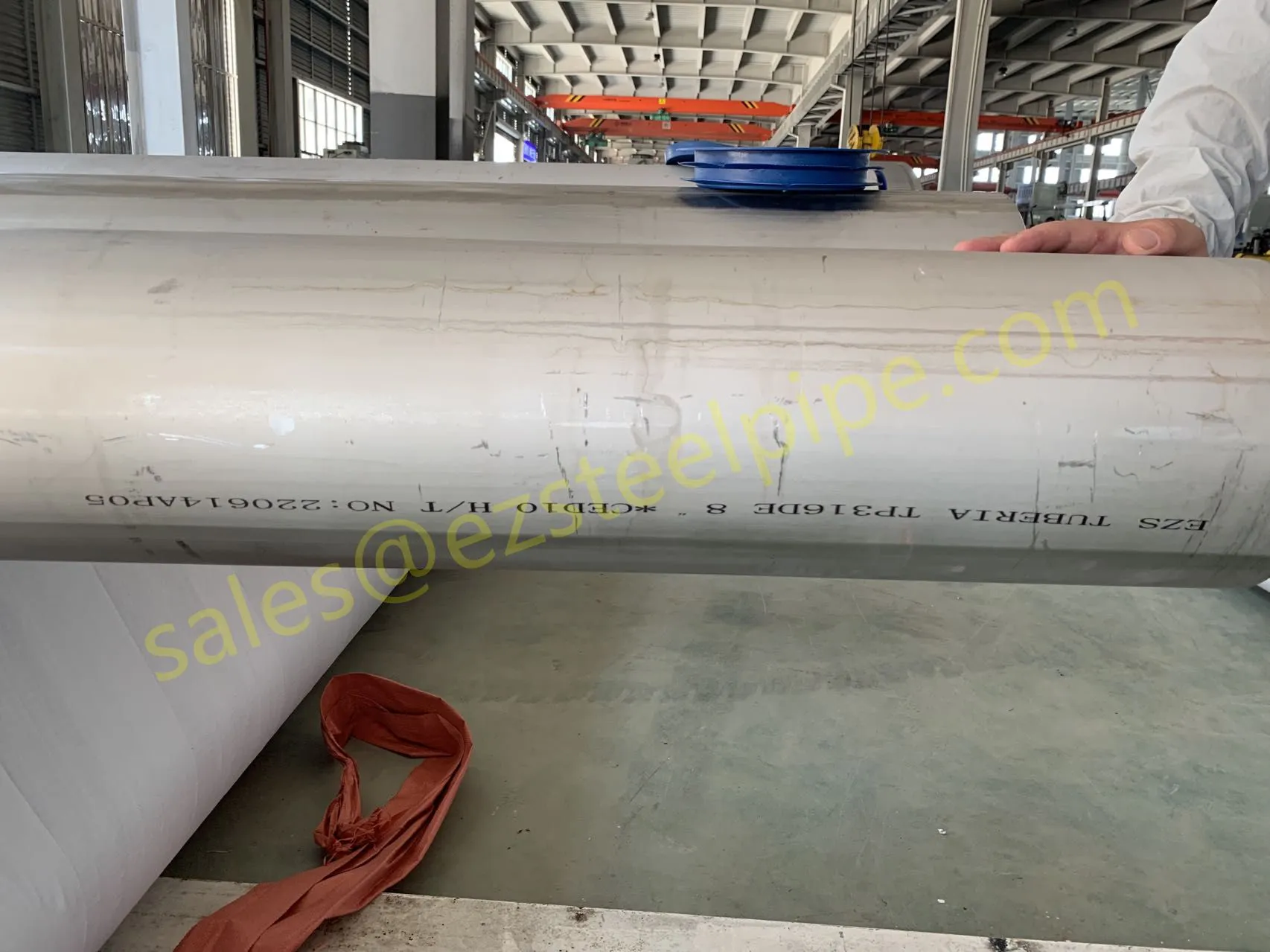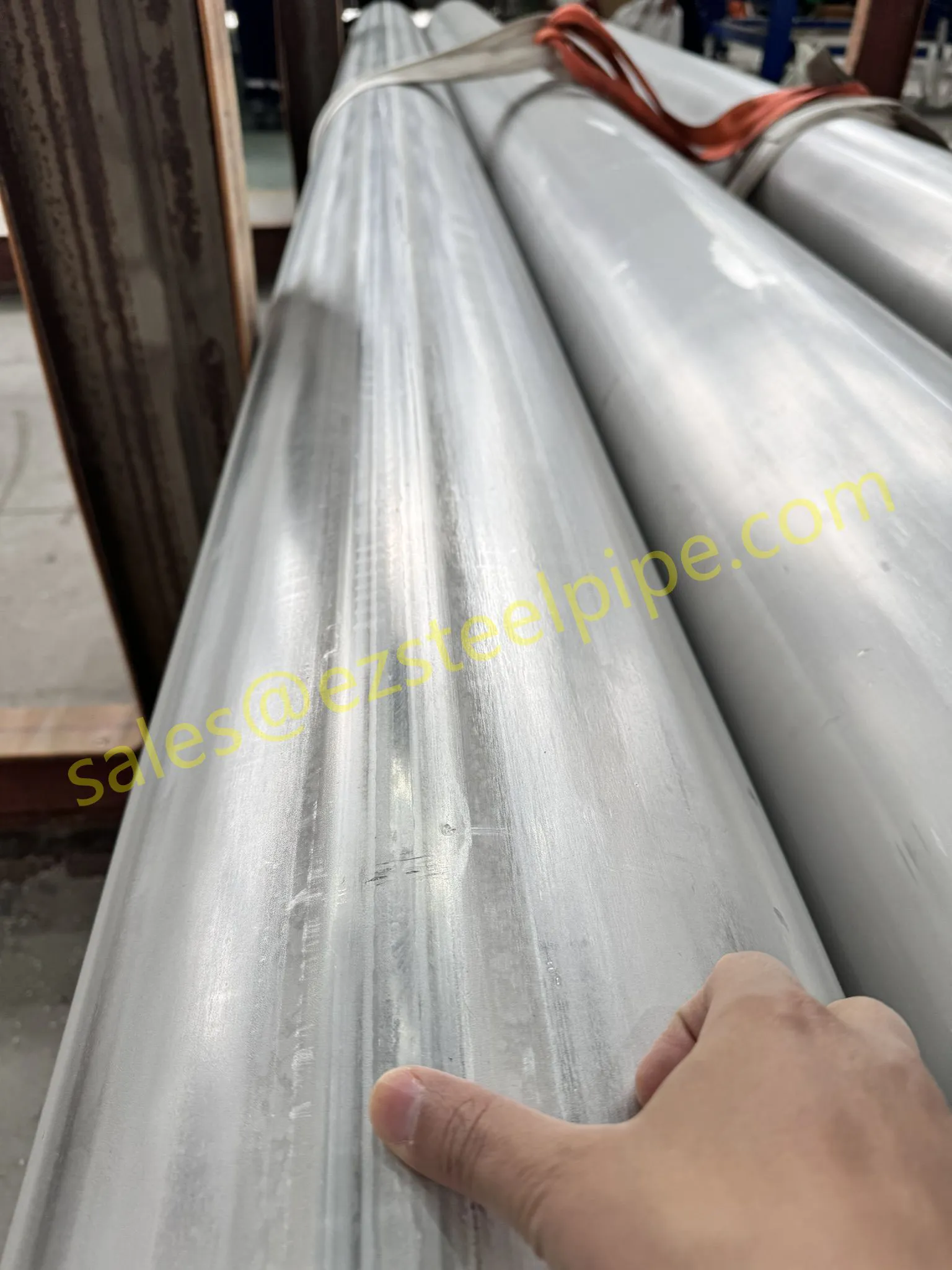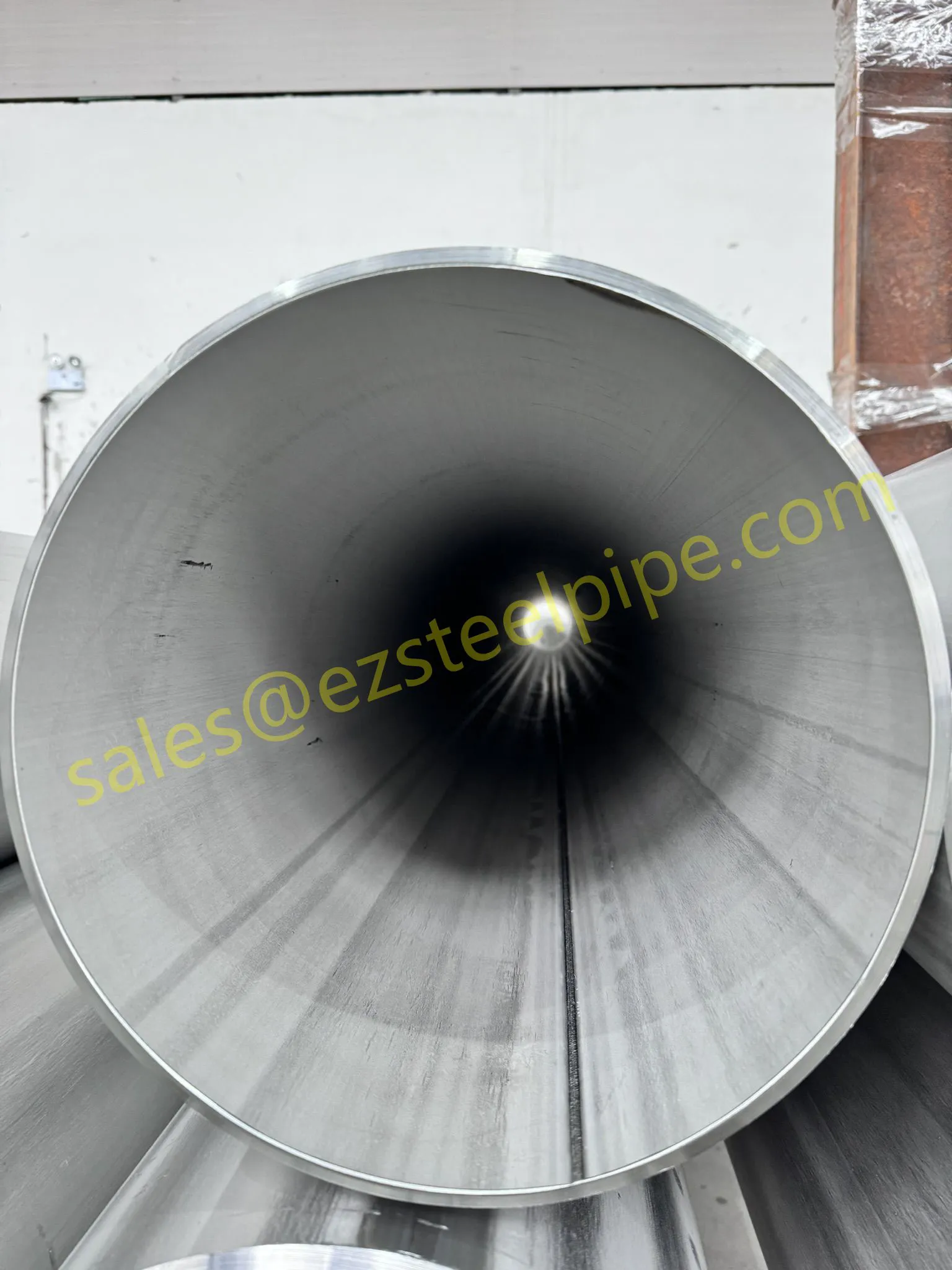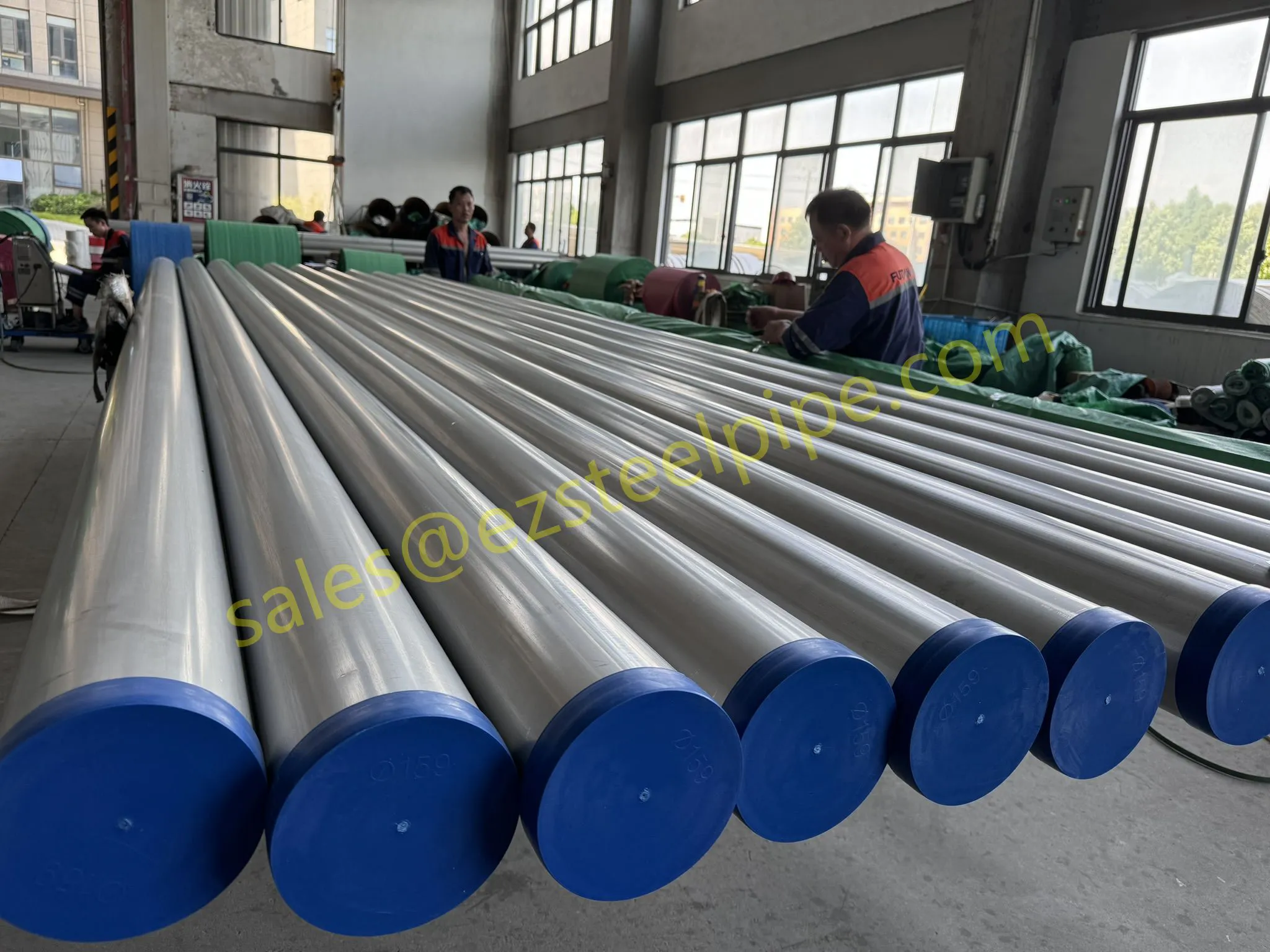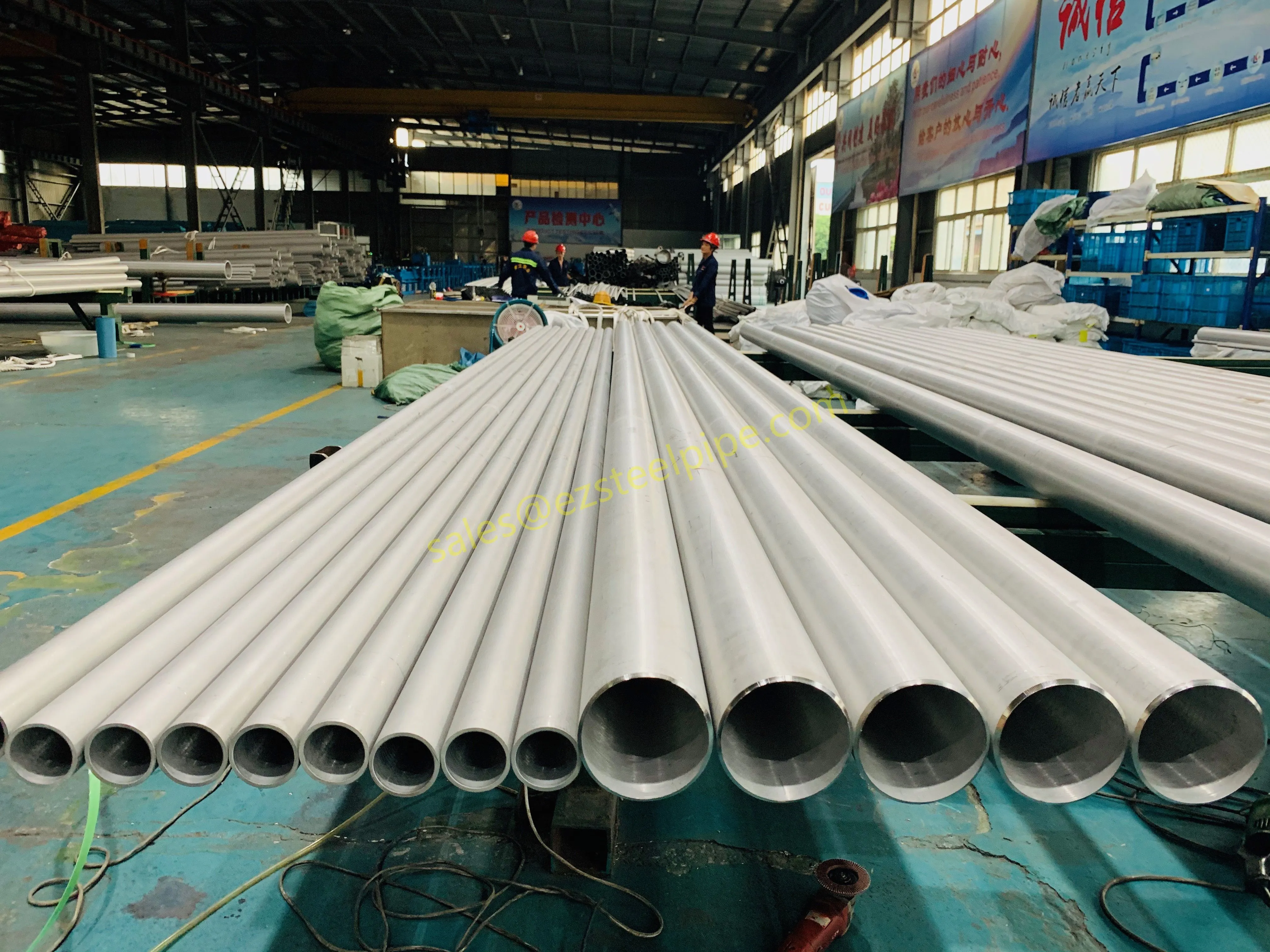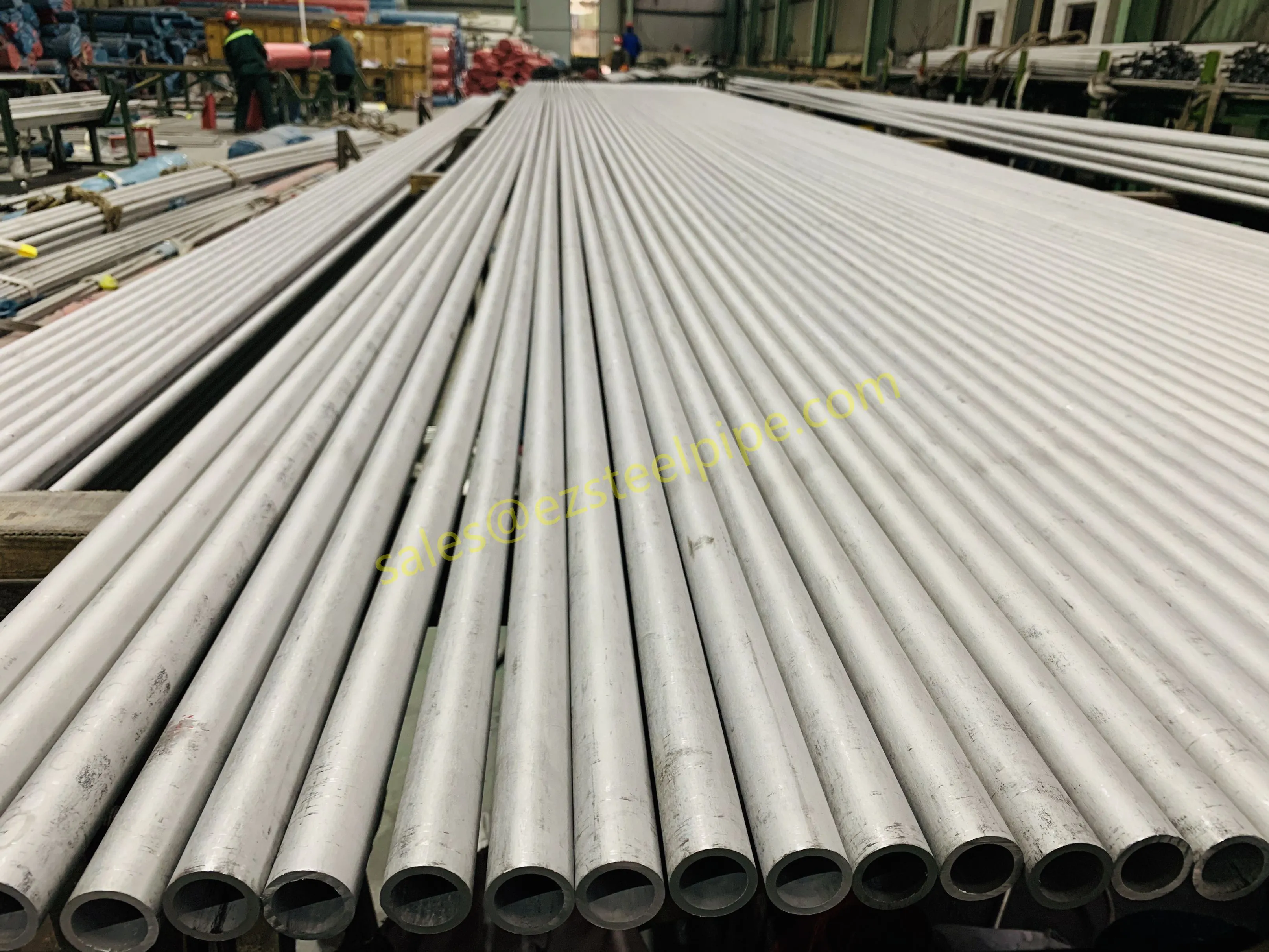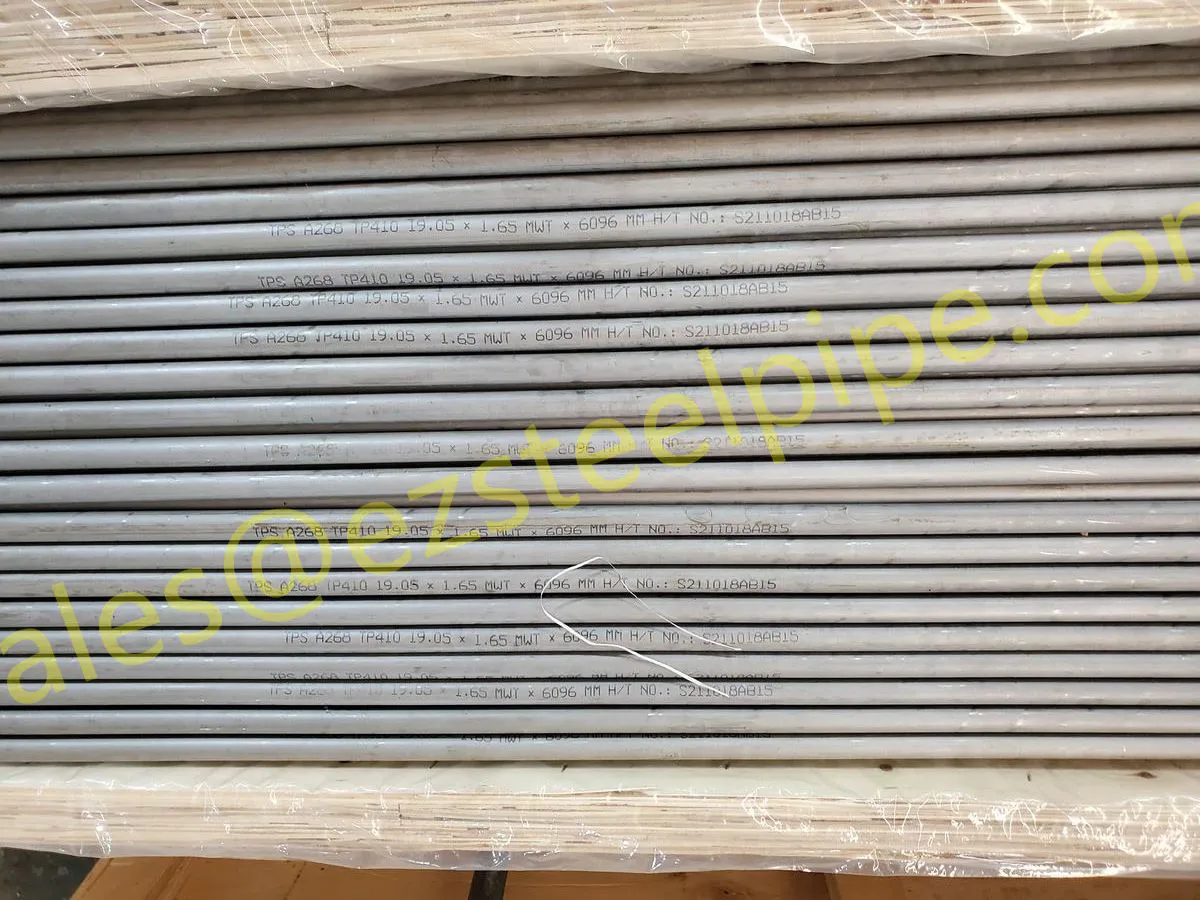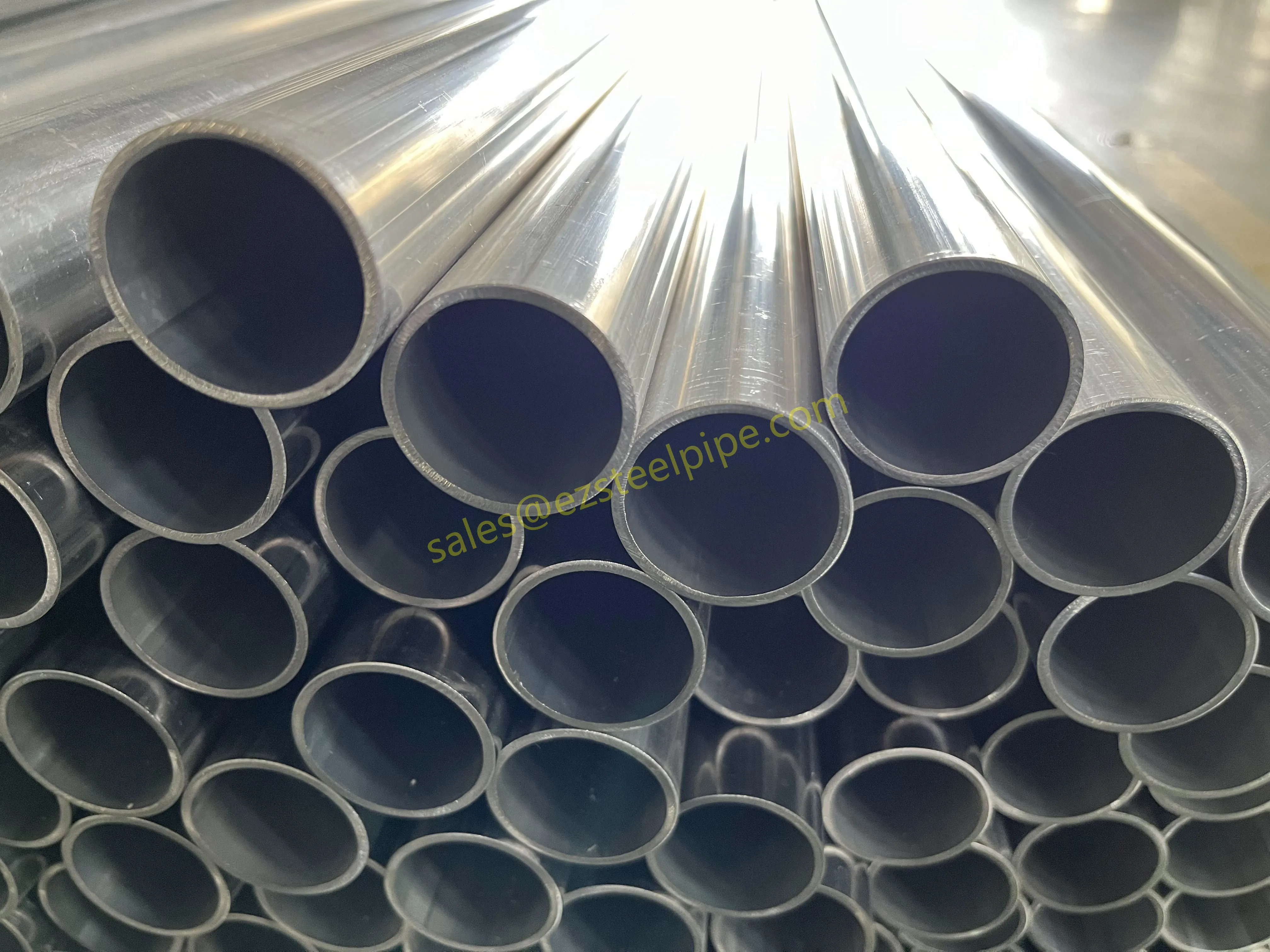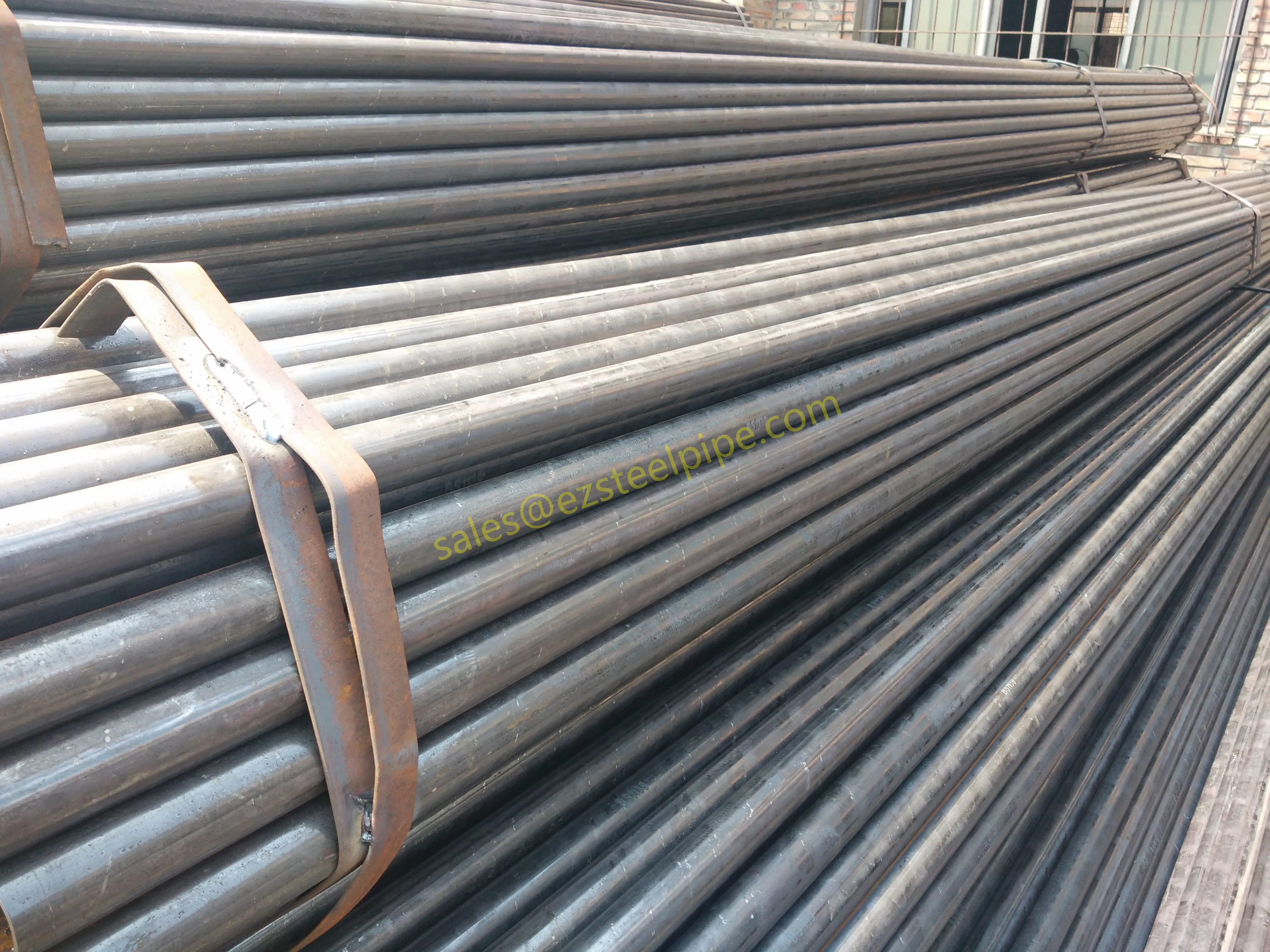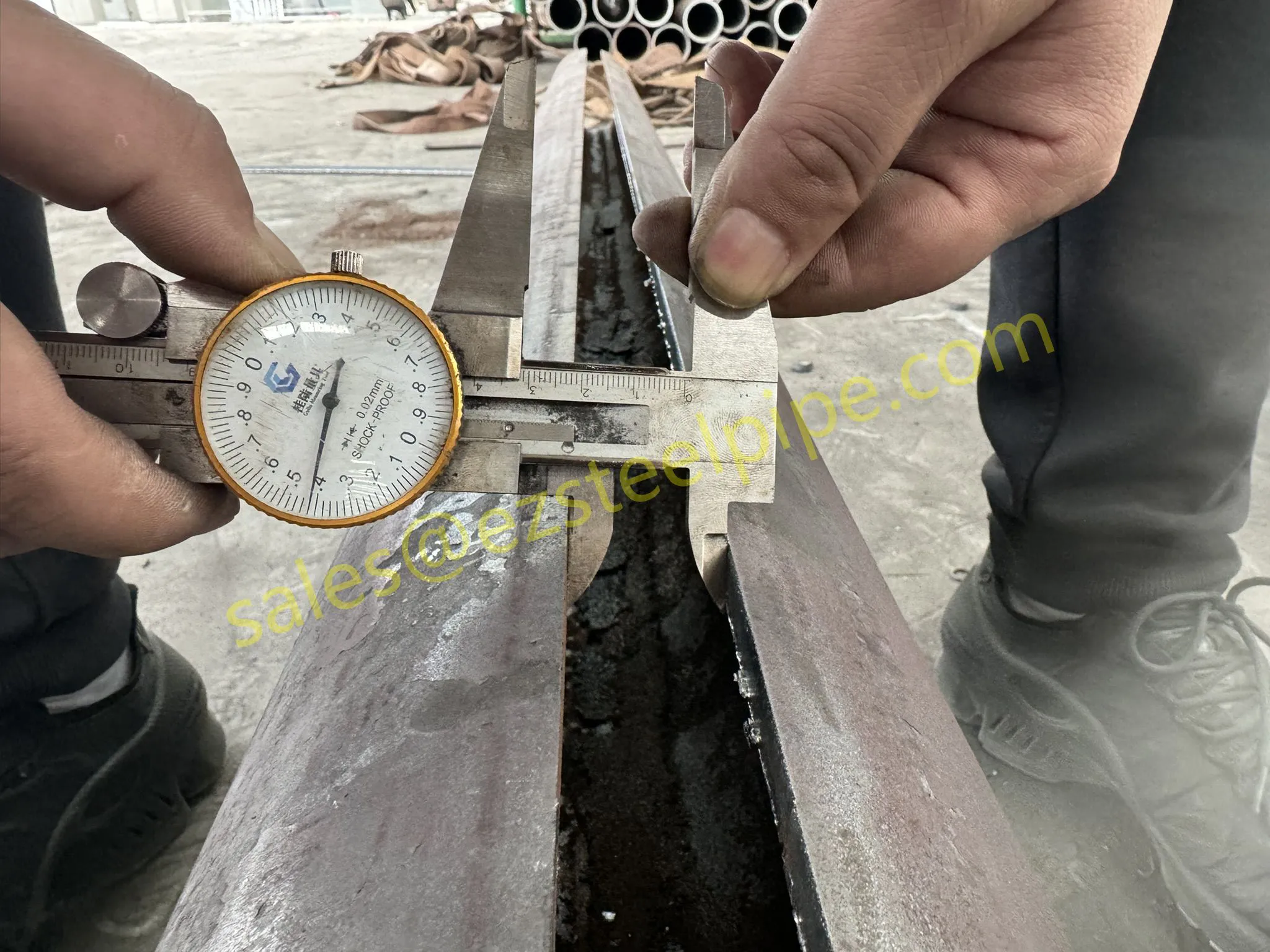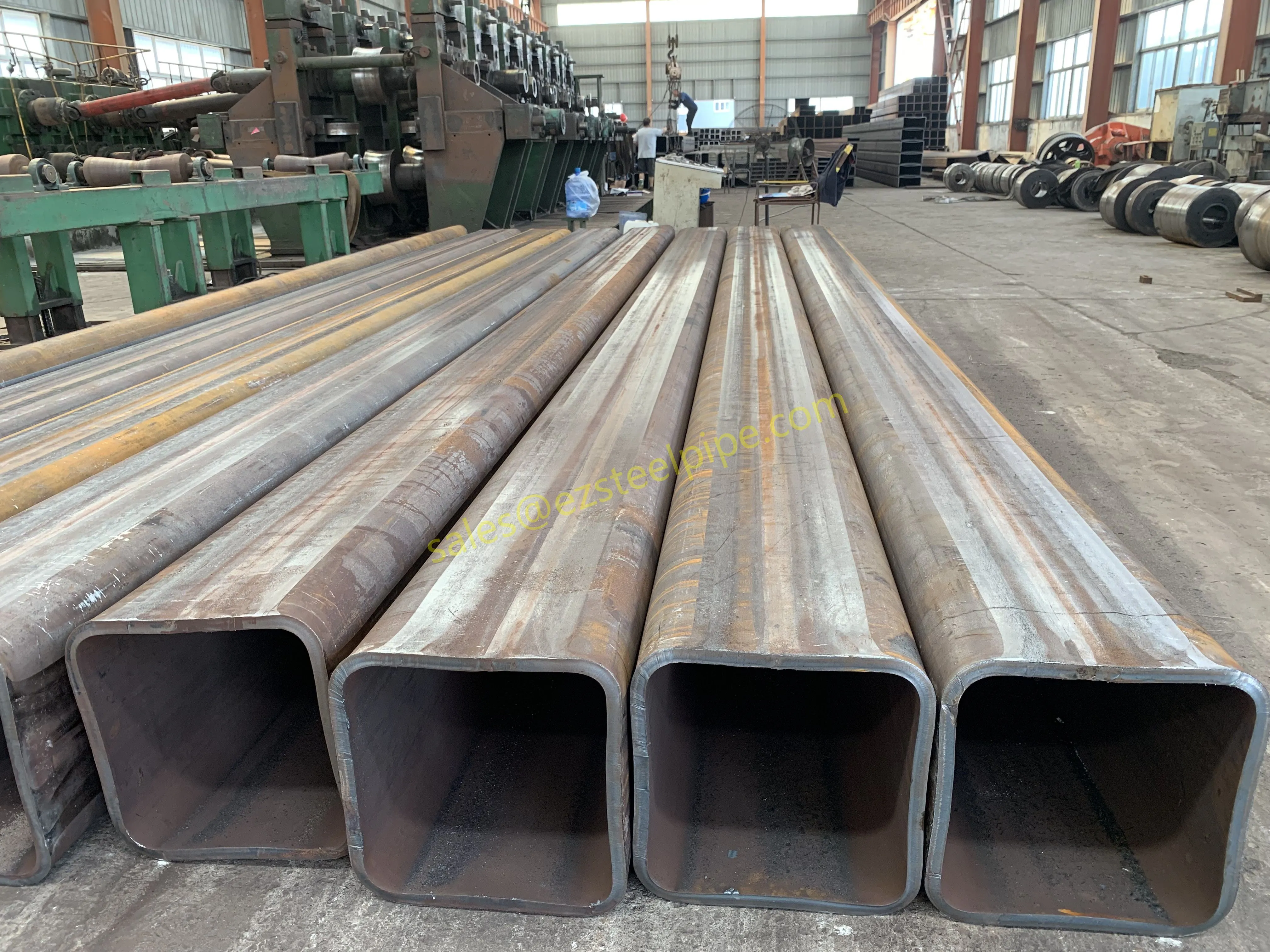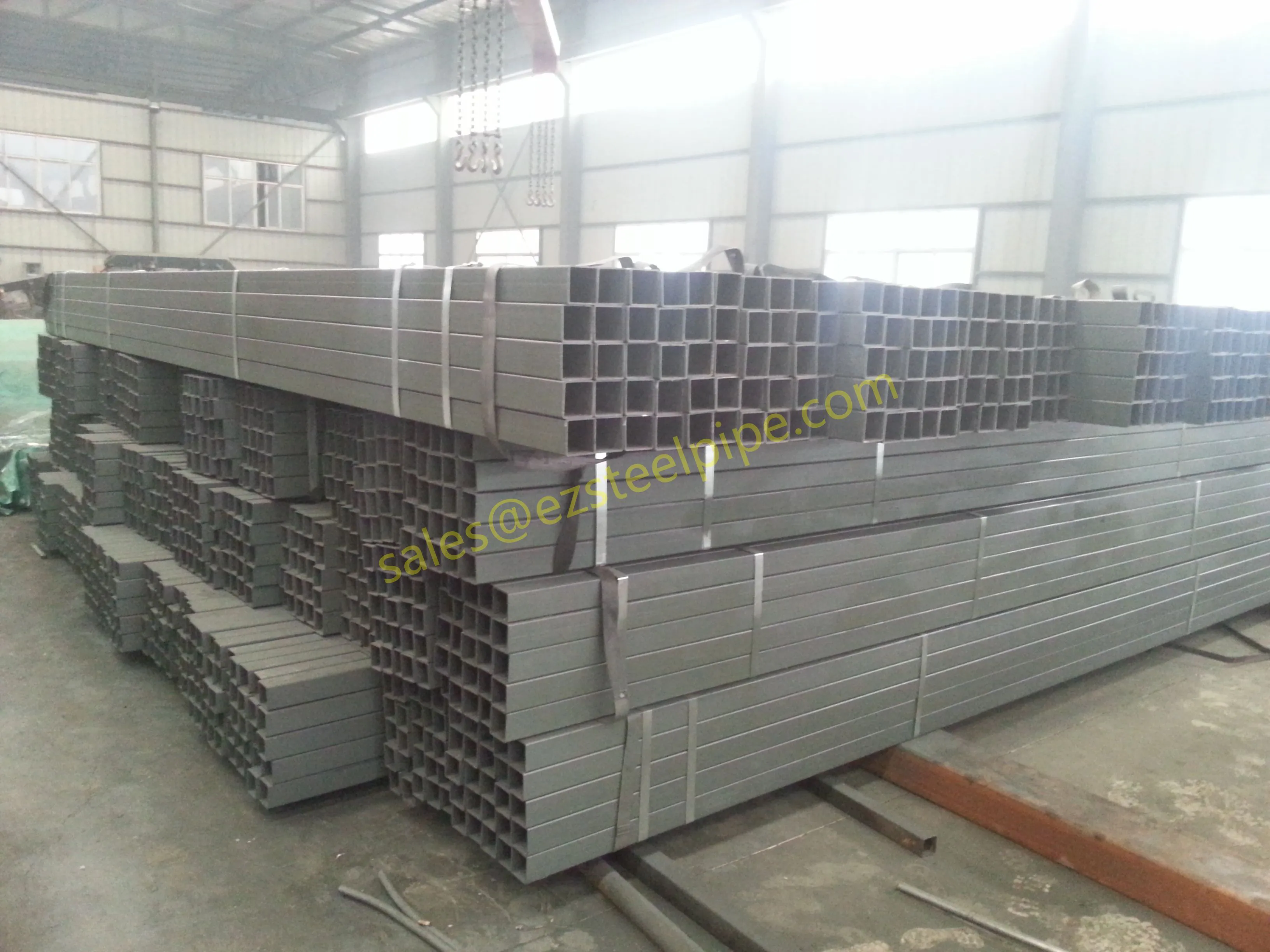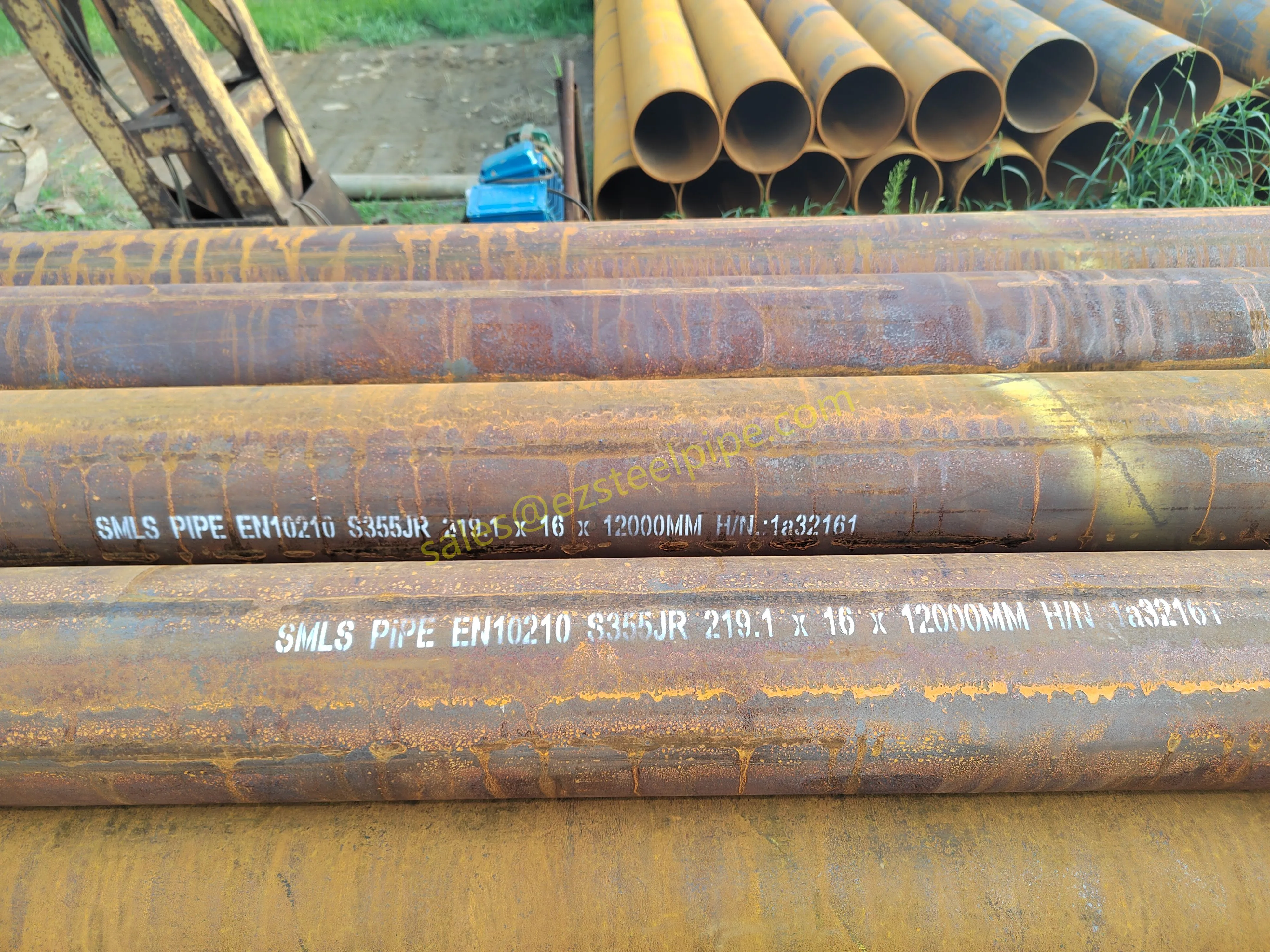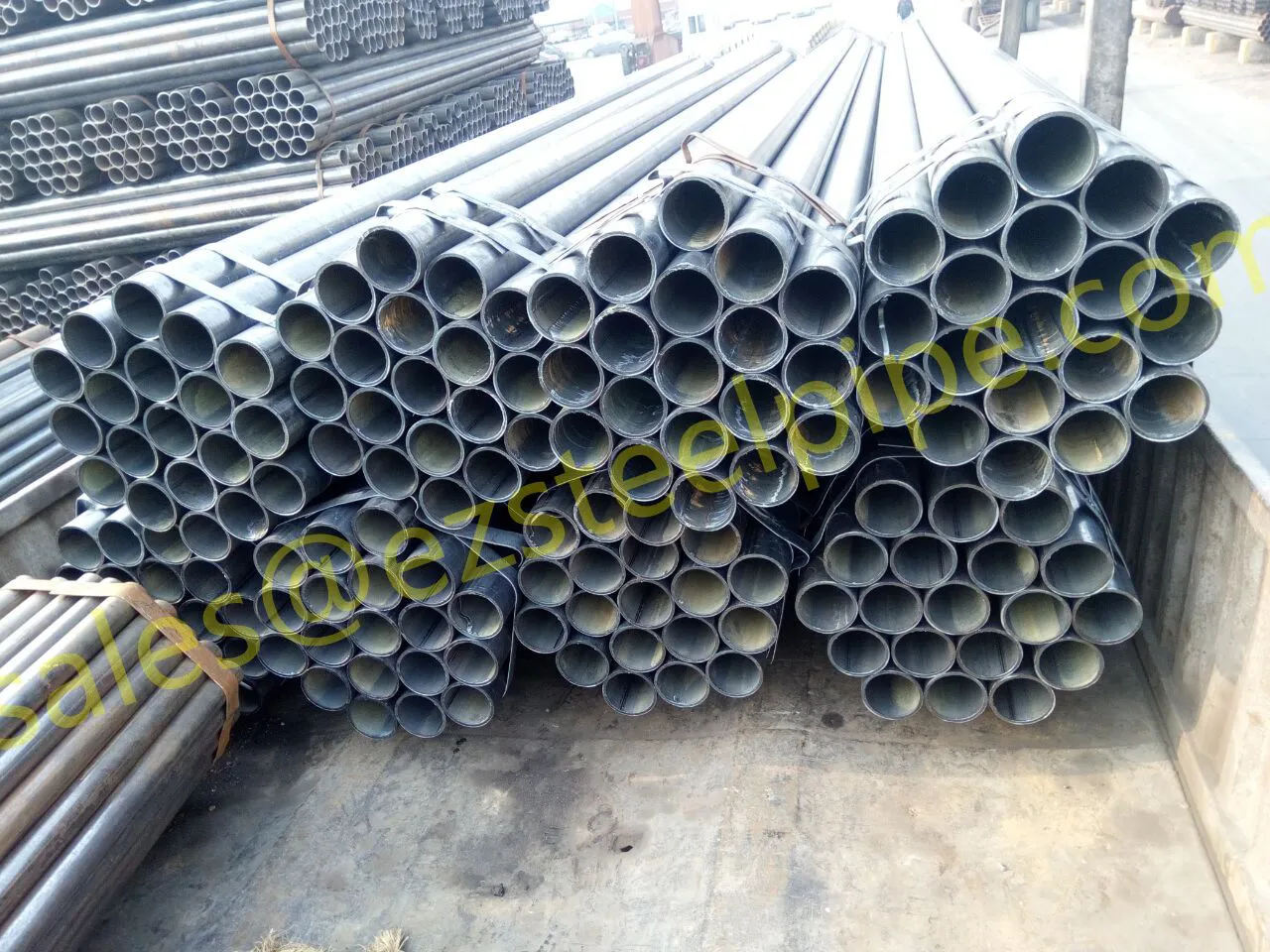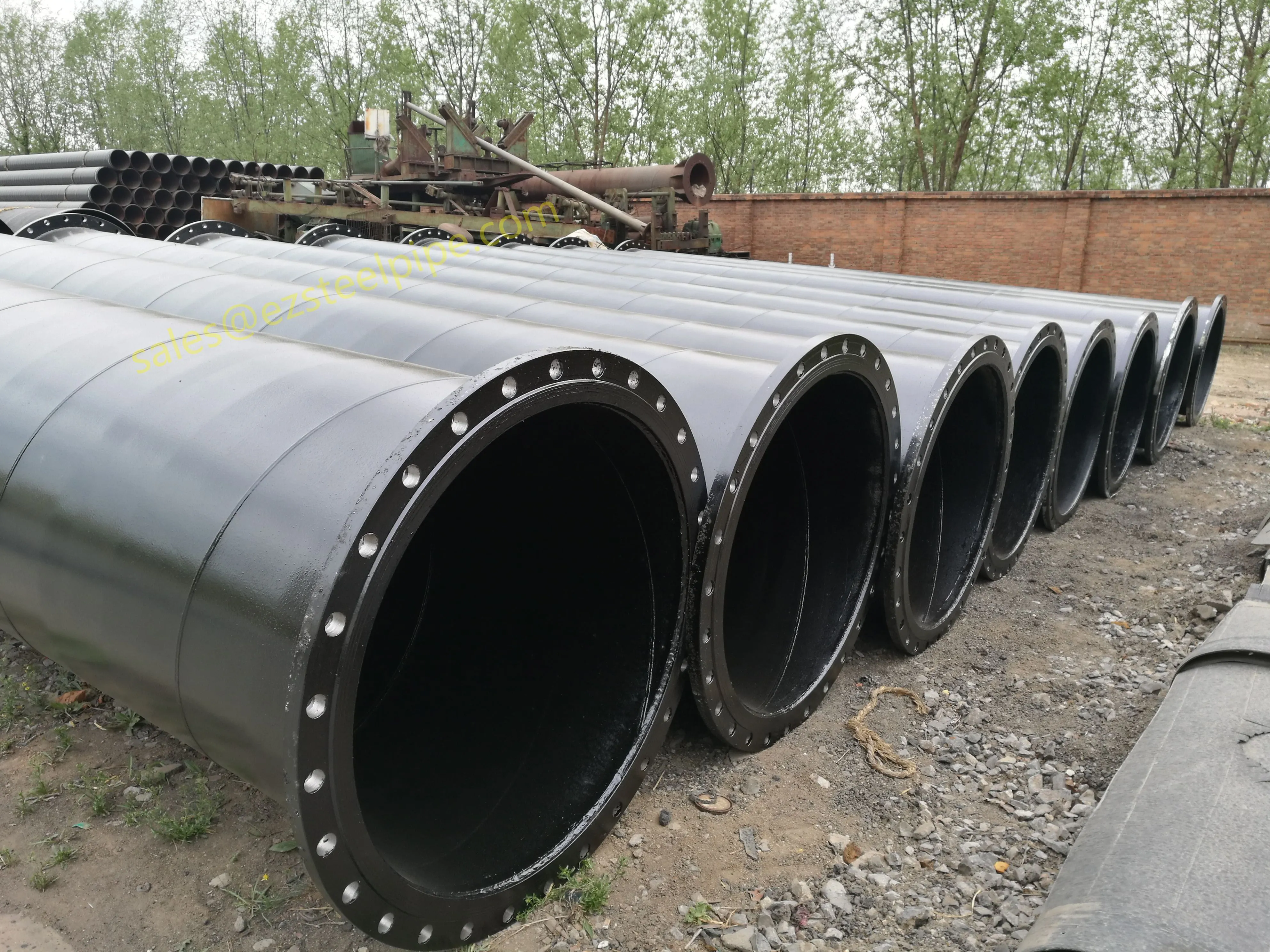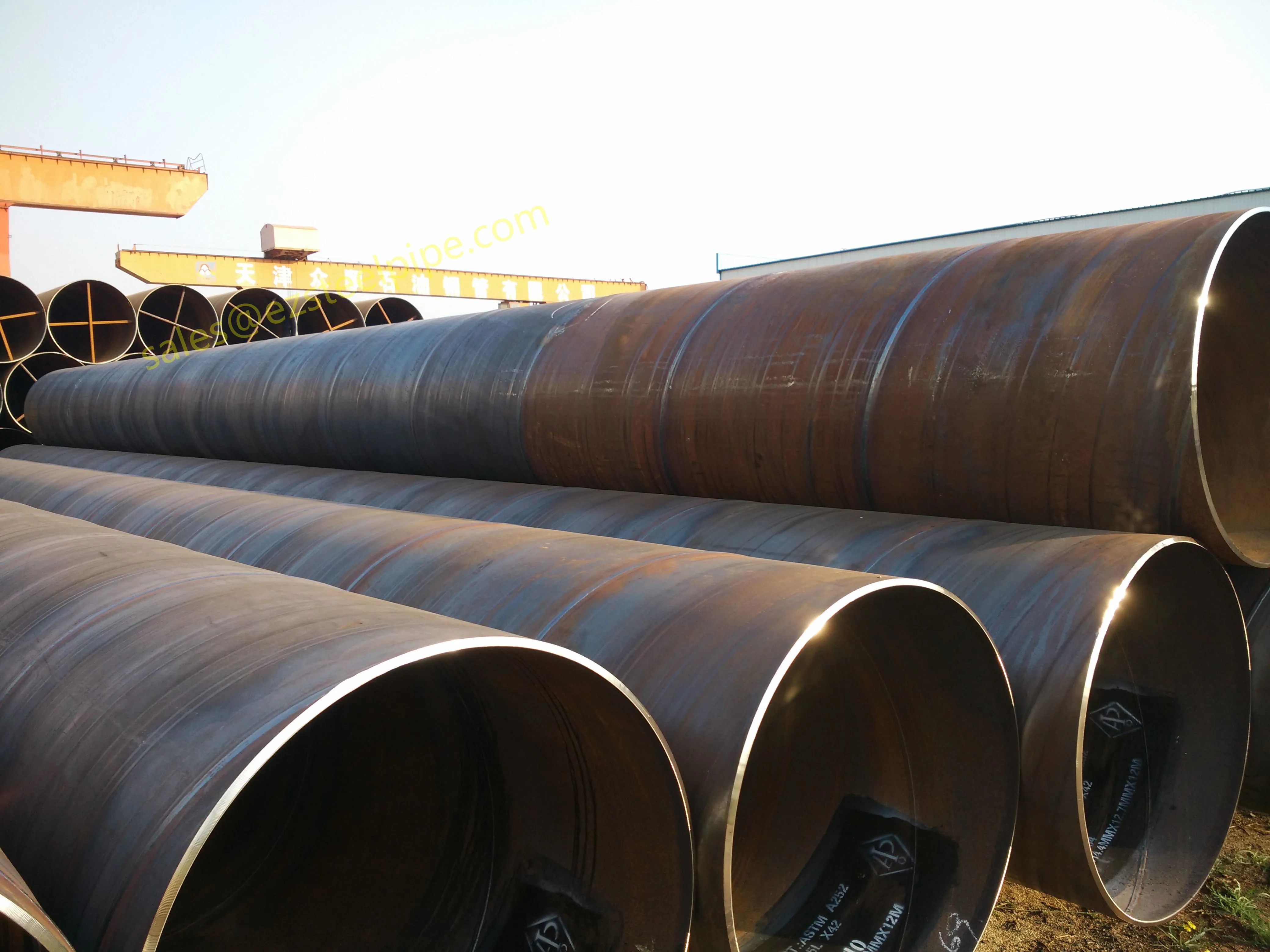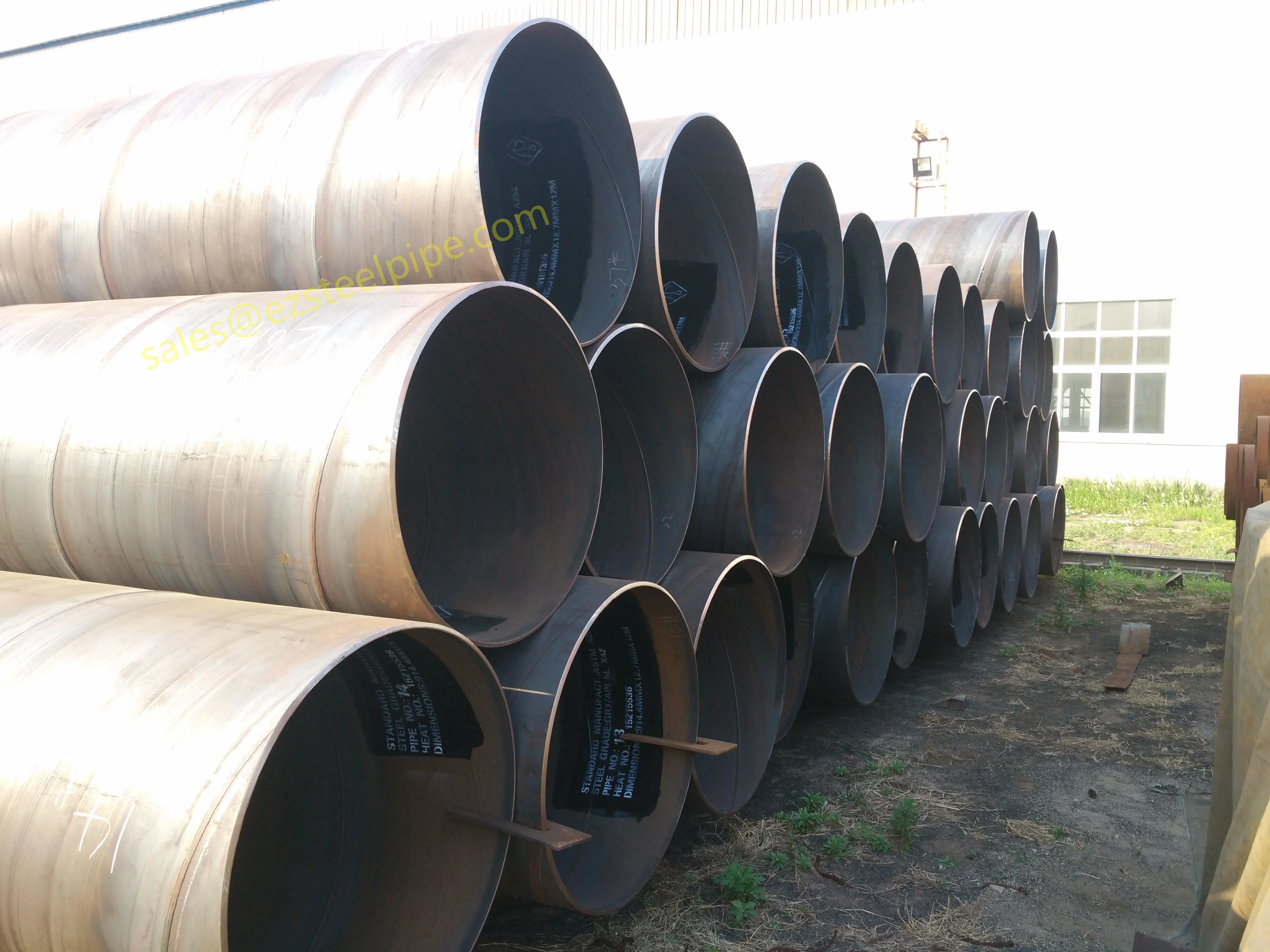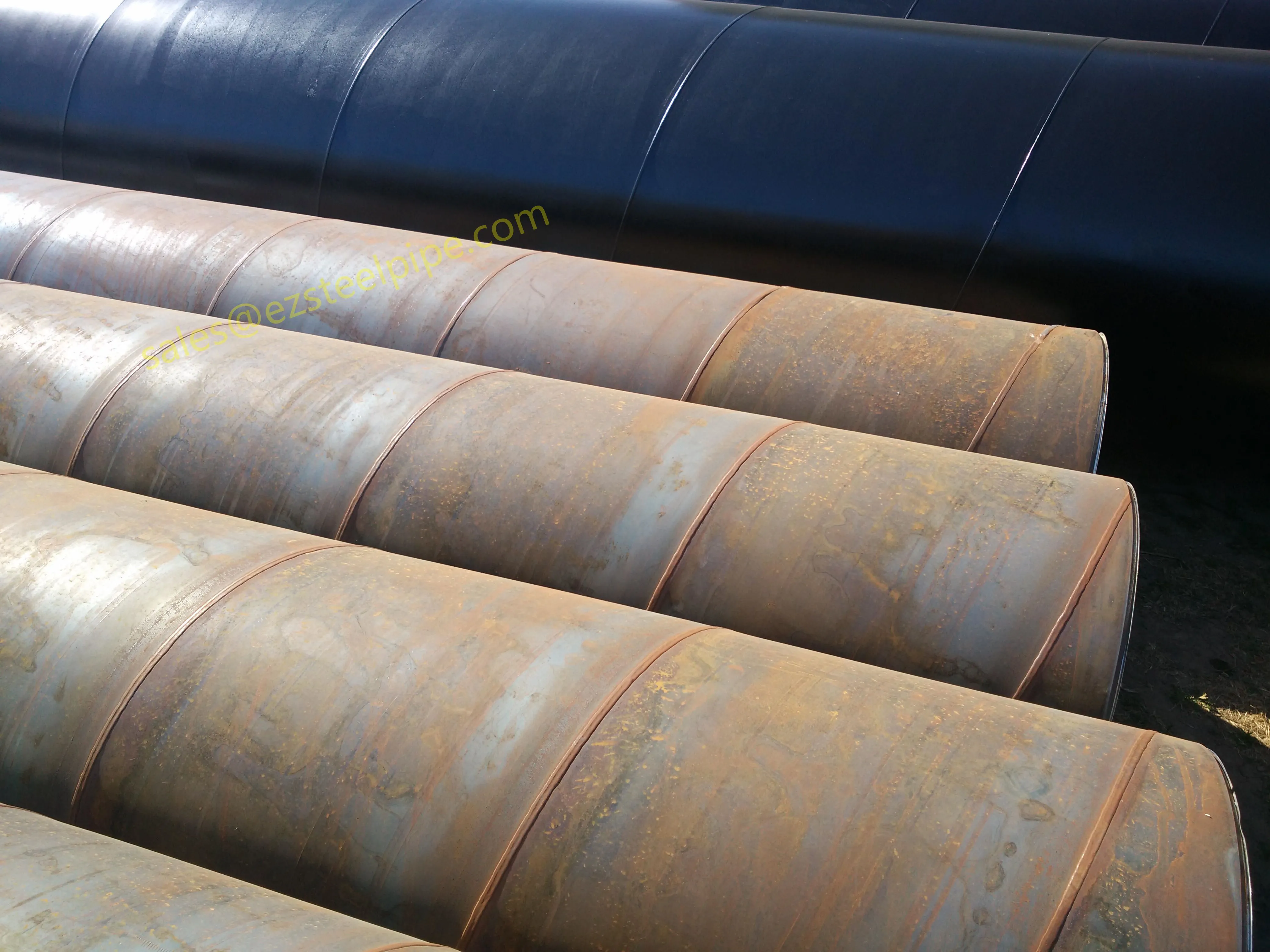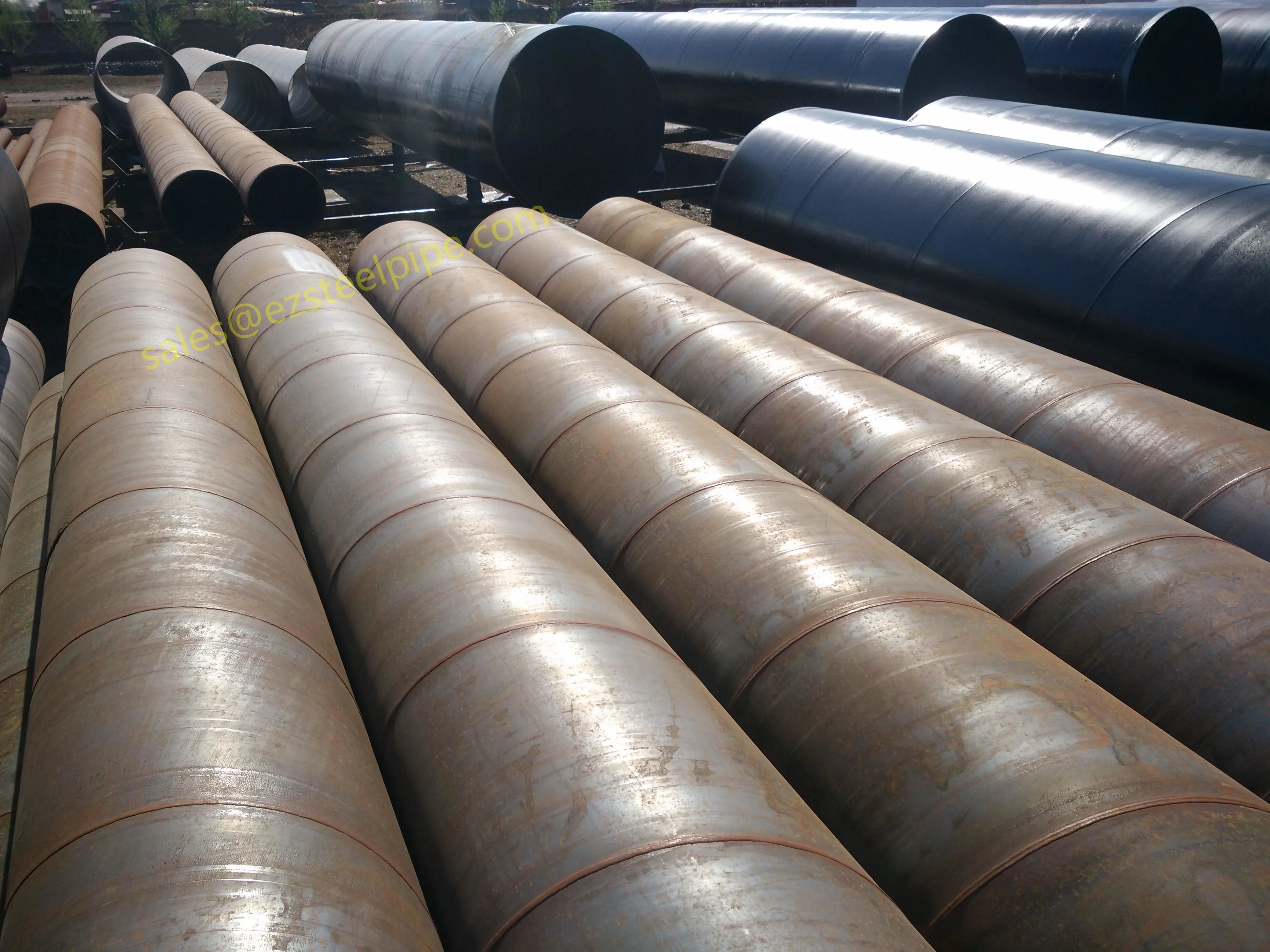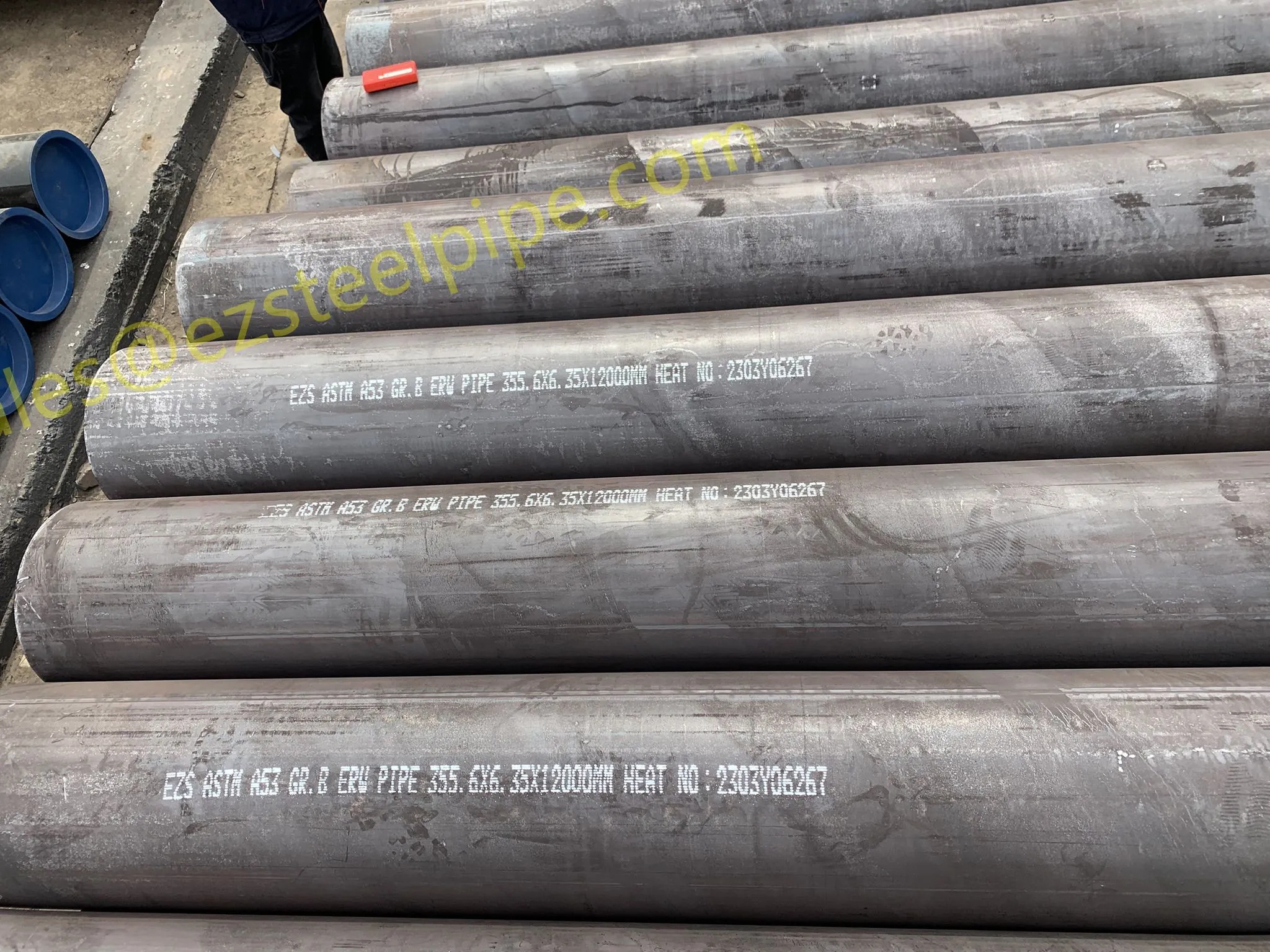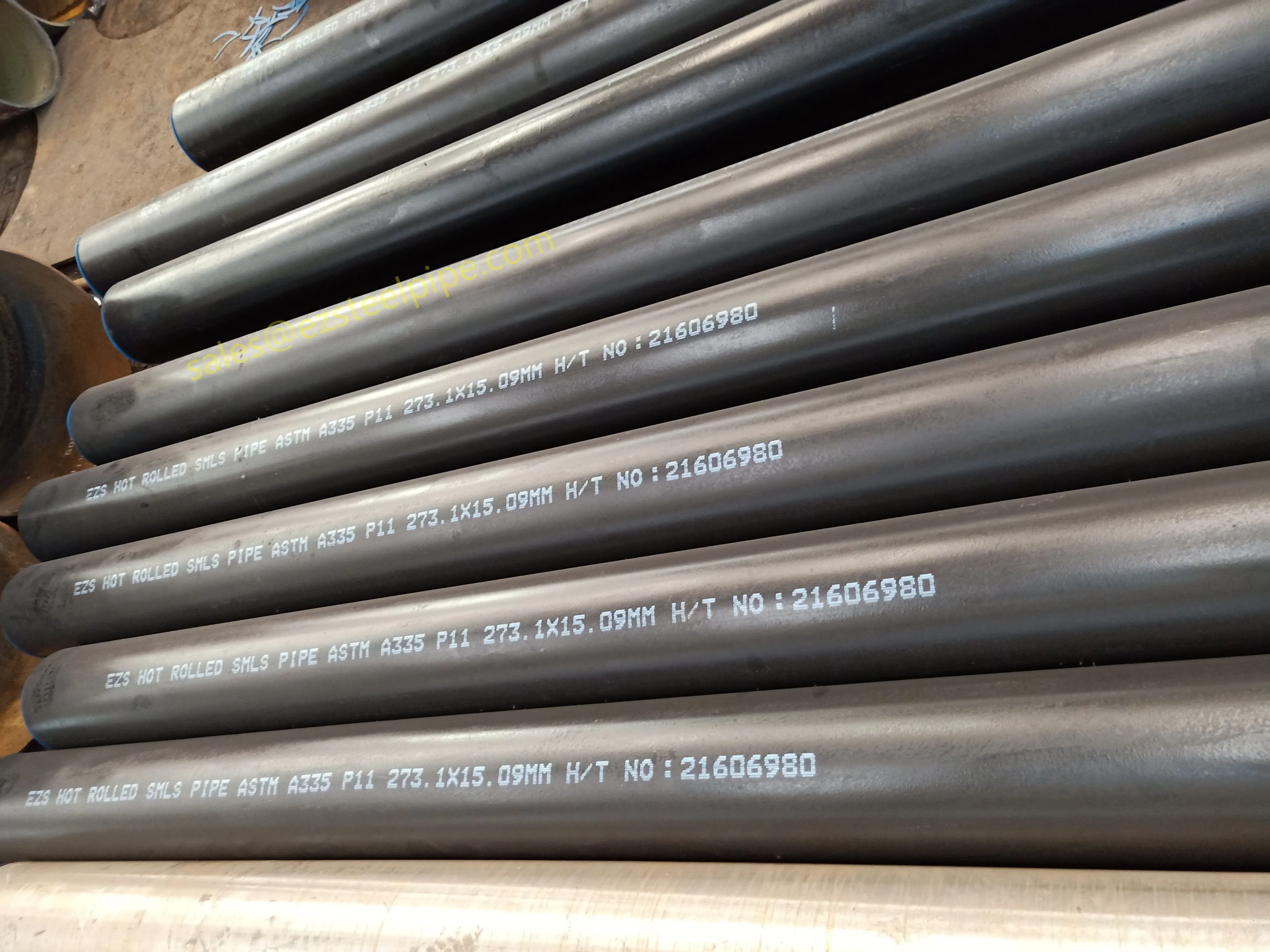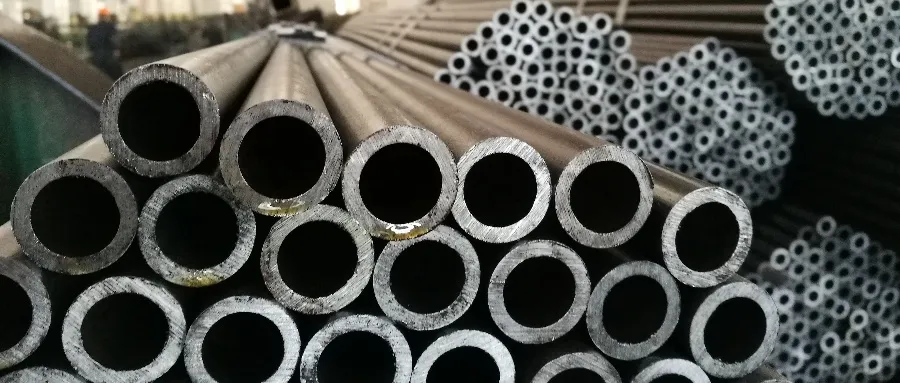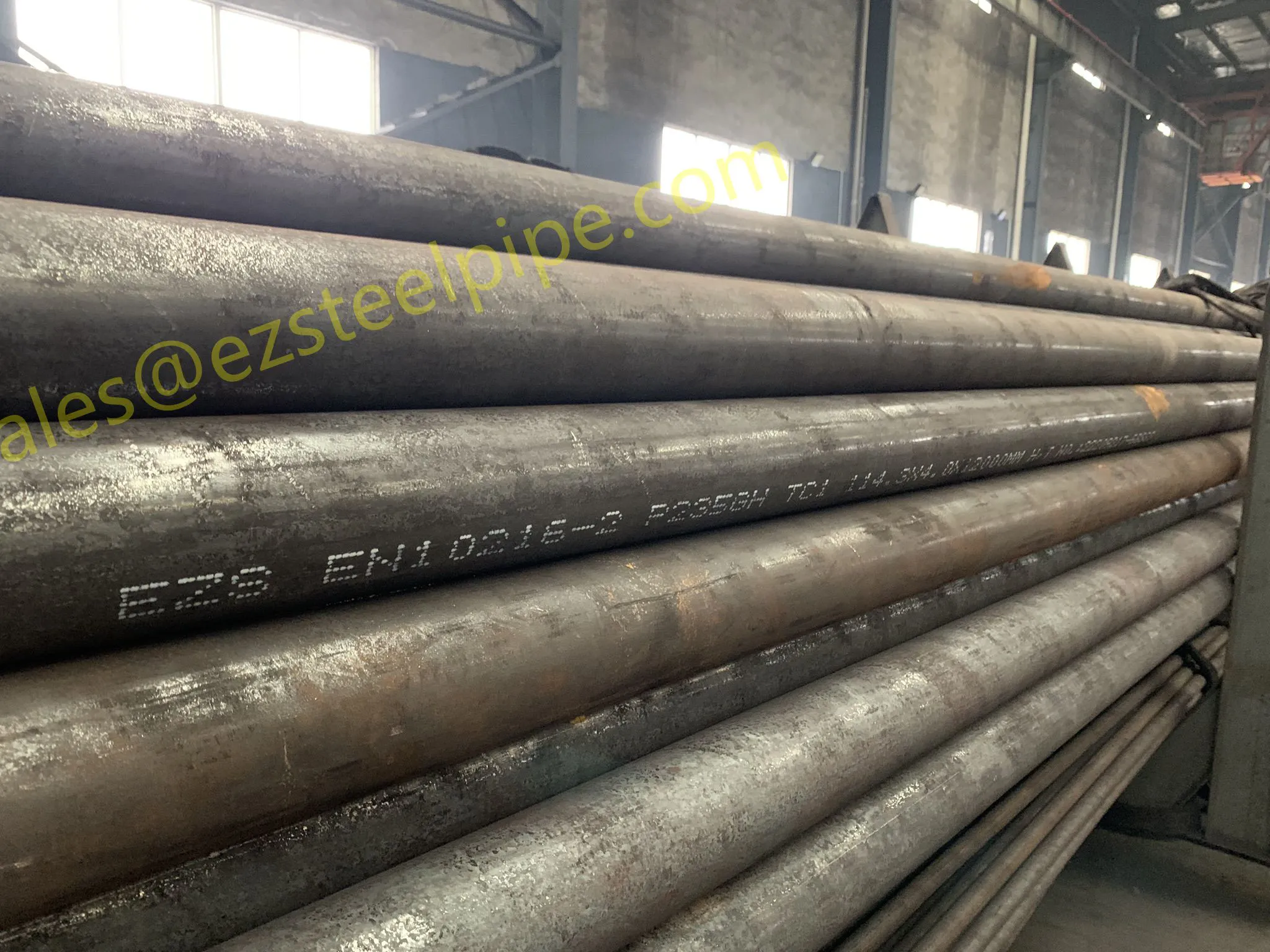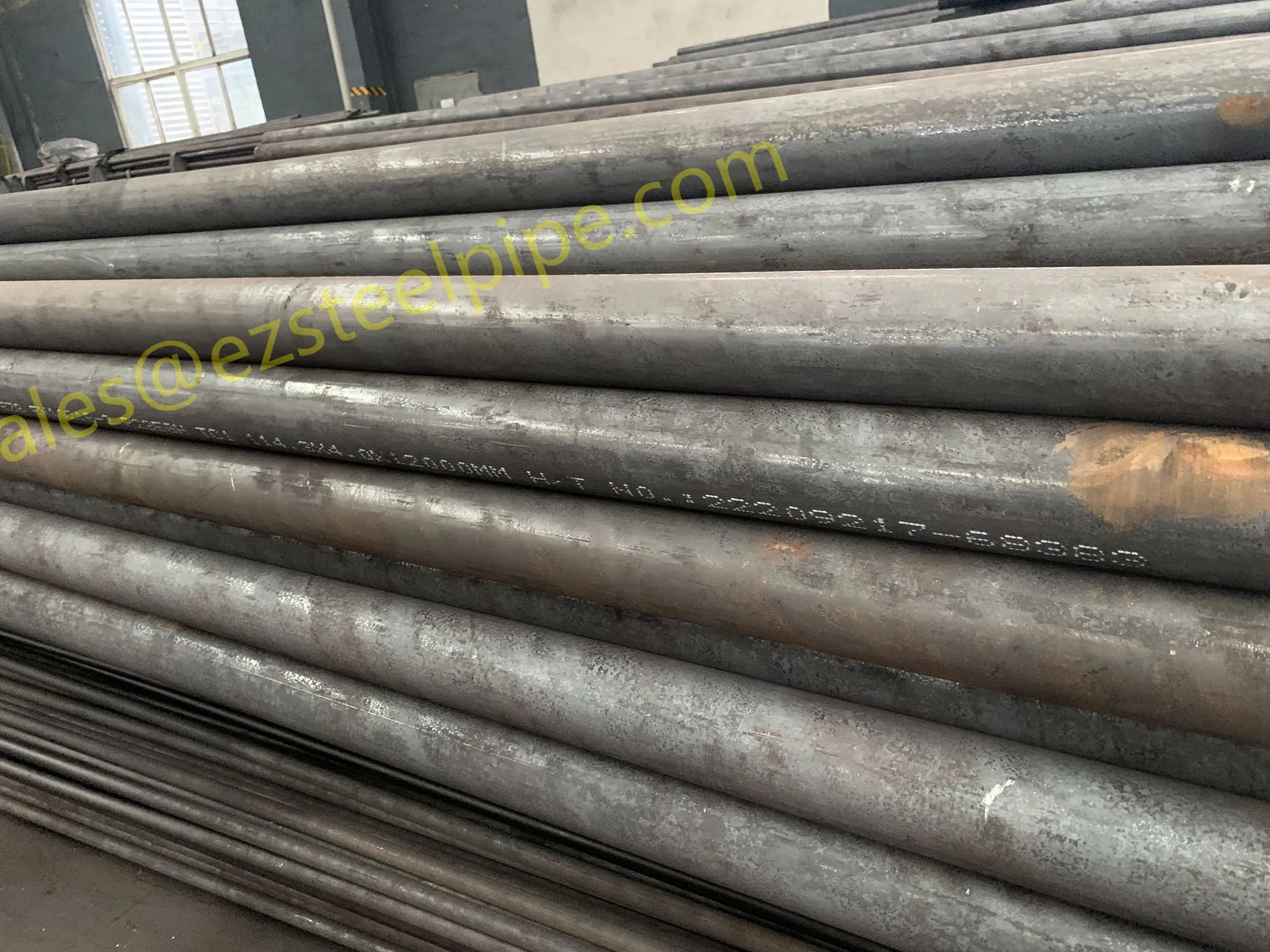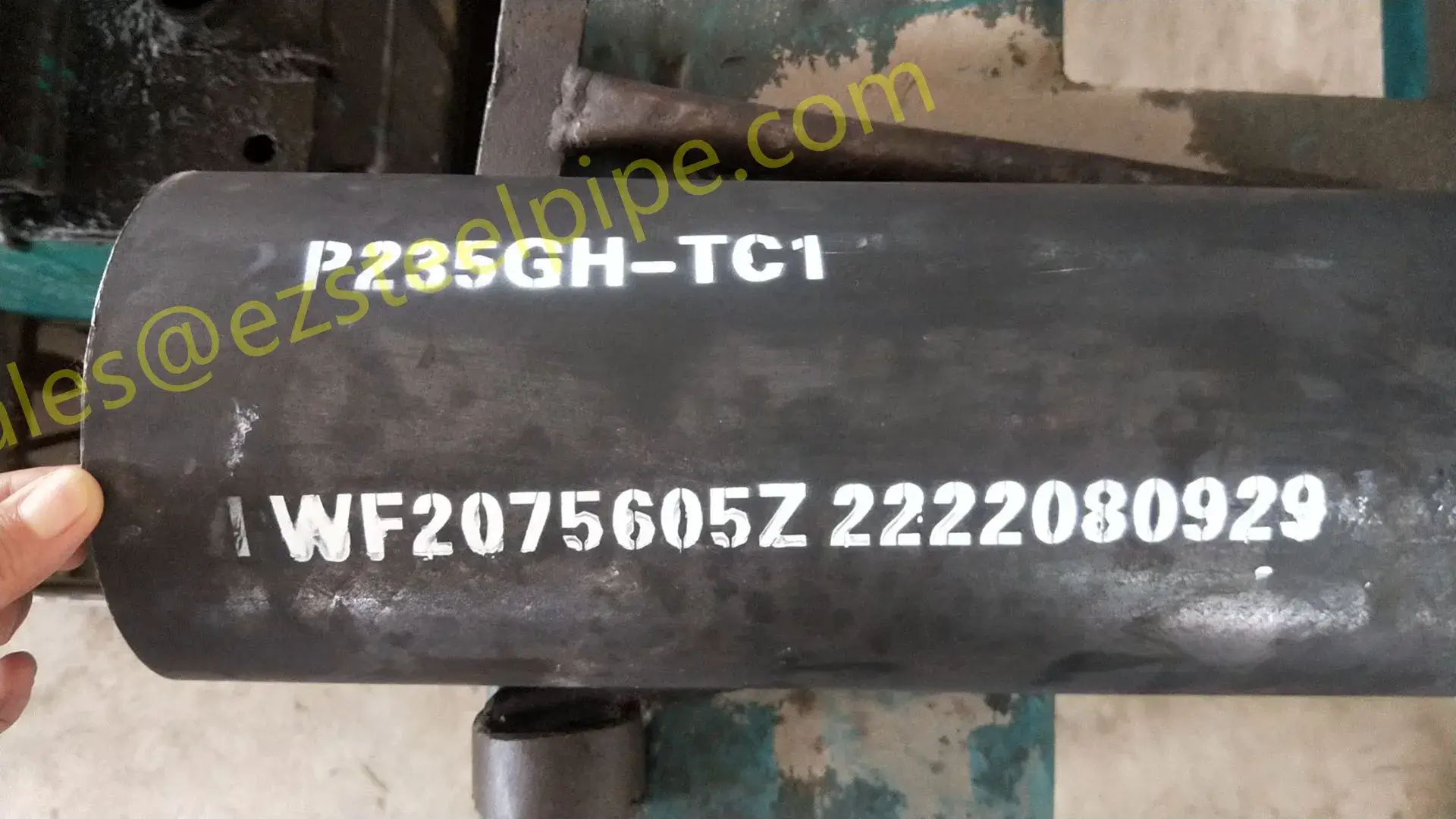Stainless steel's strength and corrosion resistance come from a carefully balanced blend of metals—primarily iron, but with critical additions of chromium (at least 10.5%), nickel, and sometimes molybdenum or titanium. Each of these elements has a story, and it starts deep in the earth. Mining these raw materials is the first chapter, and it's one that leaves a significant mark on the planet.
Take iron ore, the foundation of steel. Extracting it often involves open-pit mining, which strips away vegetation, disrupts soil, and can contaminate local water sources with heavy metals. In regions like Australia's Pilbara or Brazil's Carajás, vast mines stretch for kilometers, altering landscapes that once supported unique ecosystems. Then there's chromium, mined mostly in South Africa and Kazakhstan. Chromium mining, particularly for the high-grade ore used in stainless steel, generates large amounts of waste rock and tailings—fine particles that can leach toxins into rivers if not managed properly.
Nickel, another key ingredient, adds complexity. While some nickel comes from sulfide ores (mined underground, with risks of acid mine drainage), a growing share comes from laterite ores, which require energy-intensive processing. Laterite mines, common in Indonesia and the Philippines, often encroach on tropical forests, contributing to deforestation and biodiversity loss. For custom stainless steel tubes designed for extreme environments—like those used in nuclear reactors or marine applications—additional alloys like copper-nickel or ni-cr-fe alloys may be added, each with its own mining footprint.
The takeaway? The raw materials that make stainless steel tubes durable and versatile are not without cost. Their extraction disrupts ecosystems, consumes water, and releases carbon emissions long before the first tube is even formed.
 export@ezsteelpipe.com
export@ezsteelpipe.com +86 731 8870 6116
+86 731 8870 6116






 Related Products
Related Products

